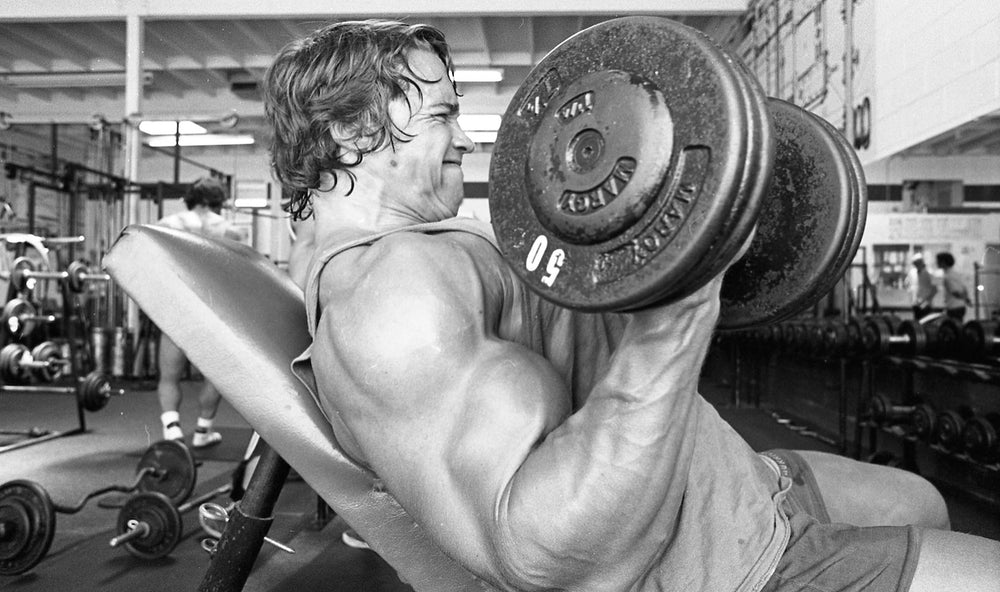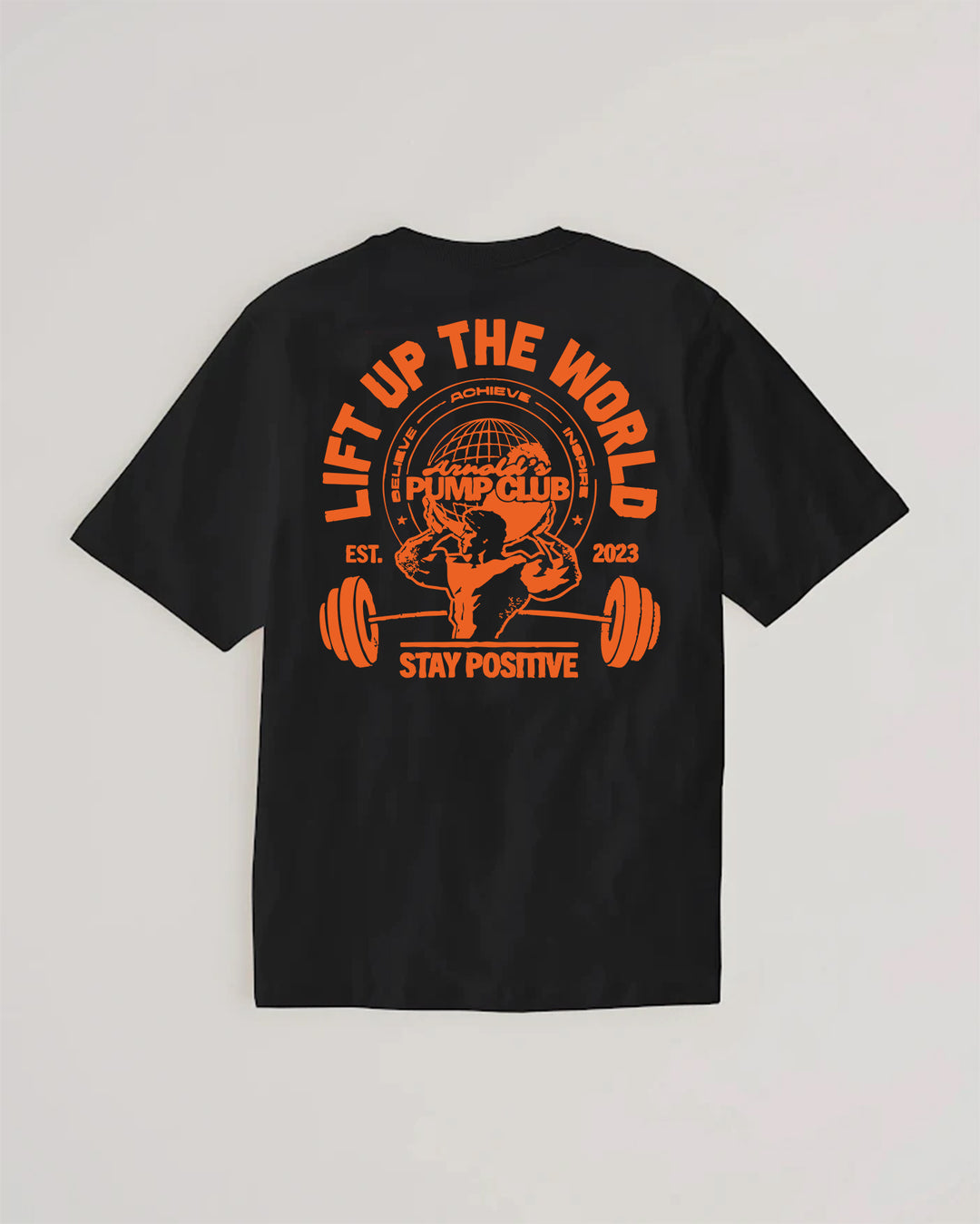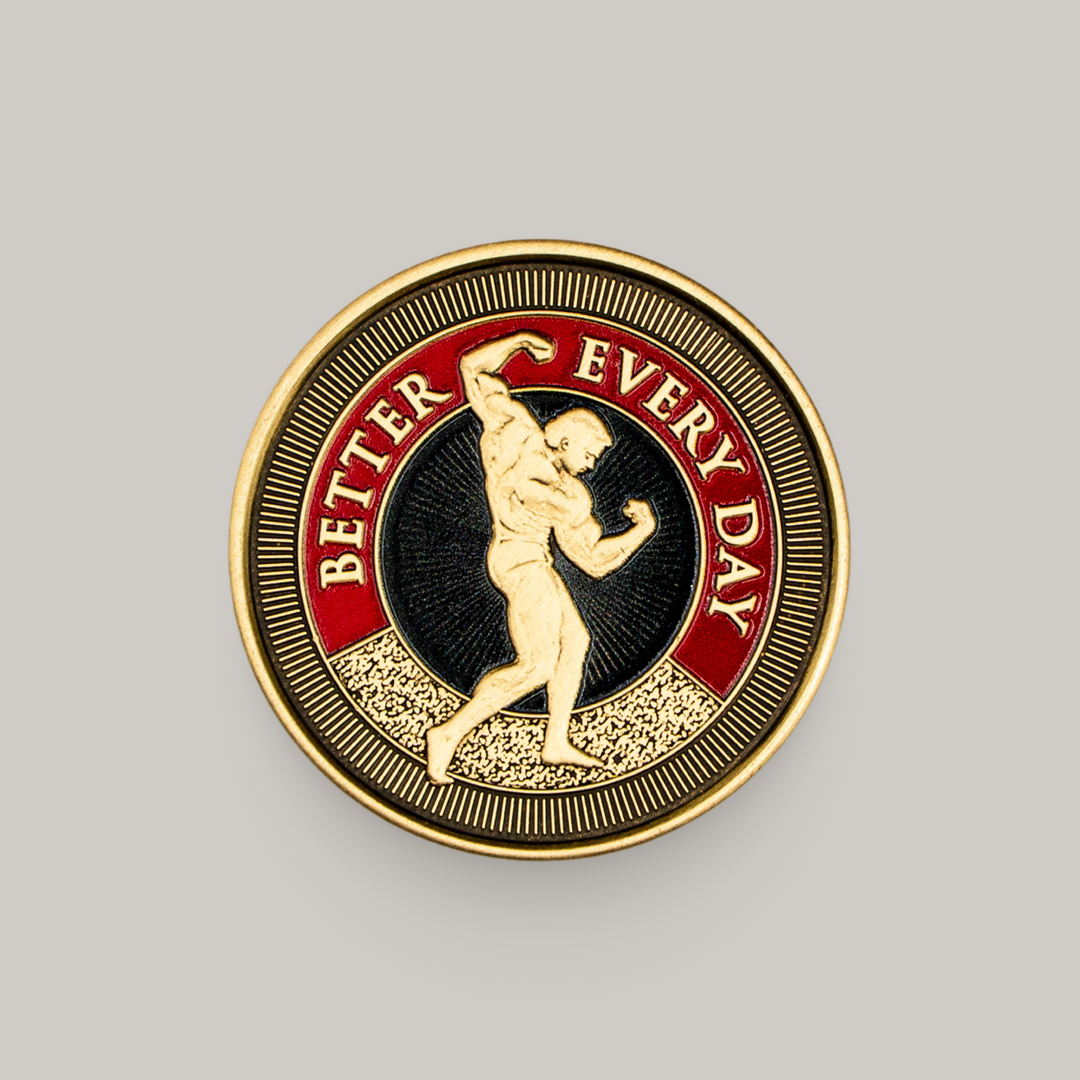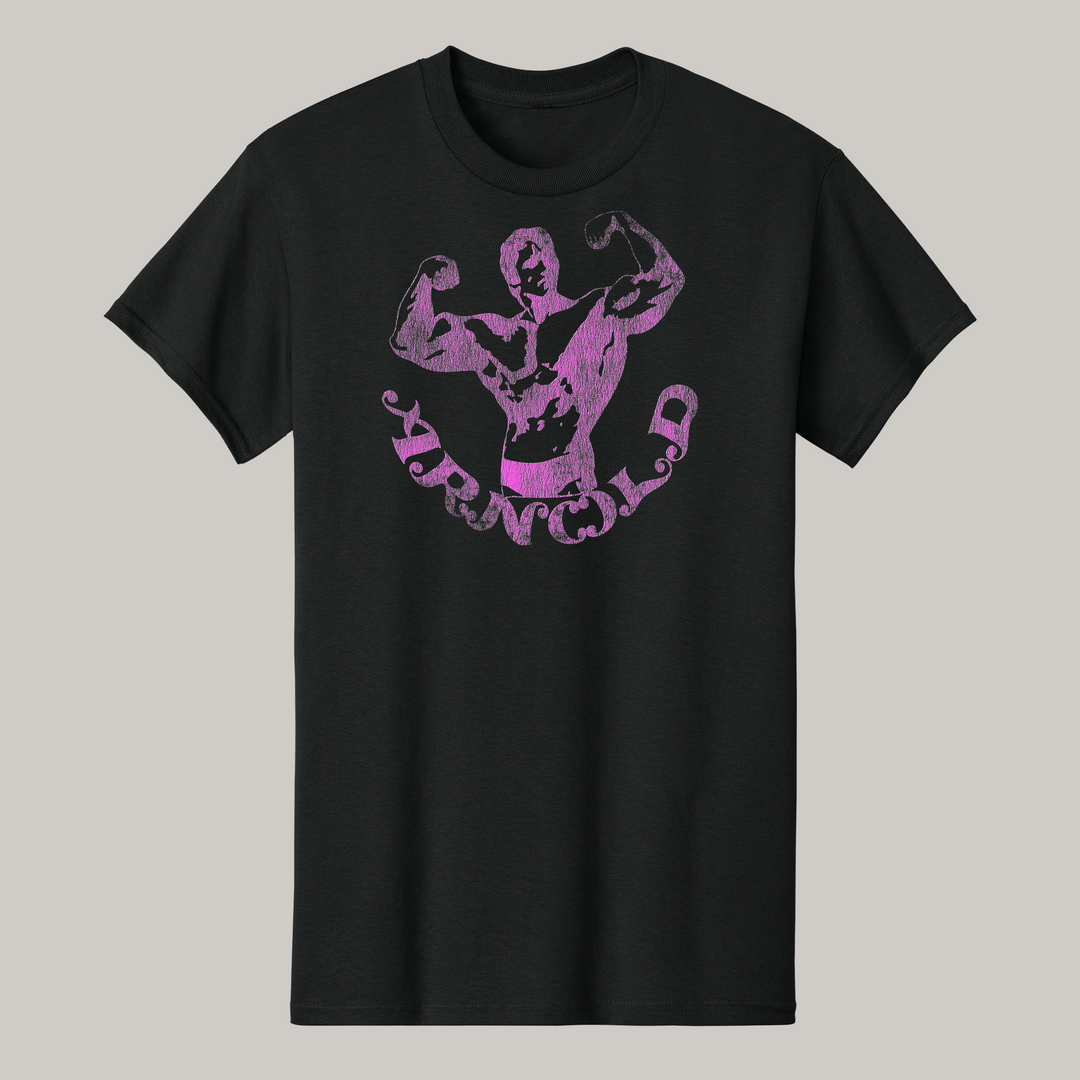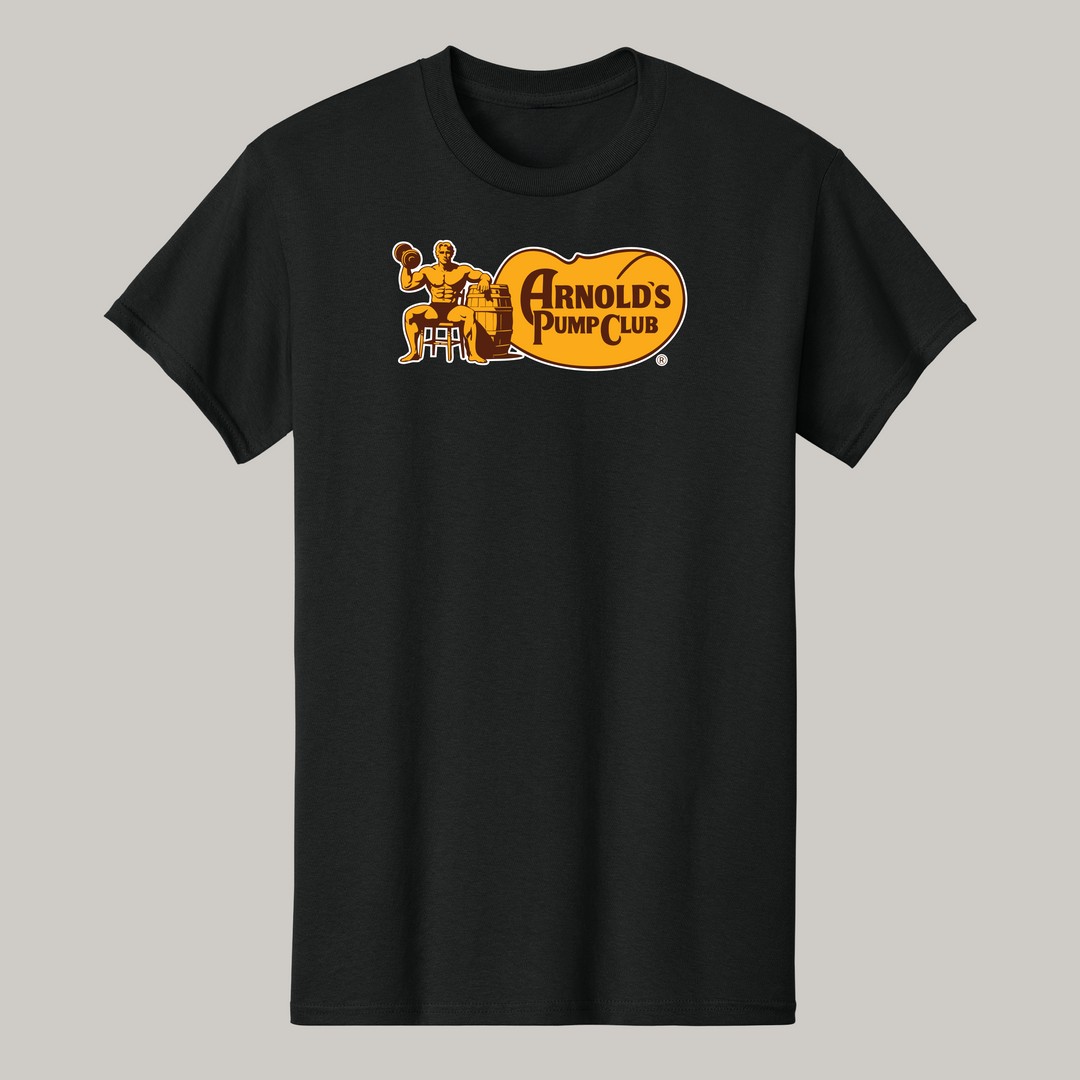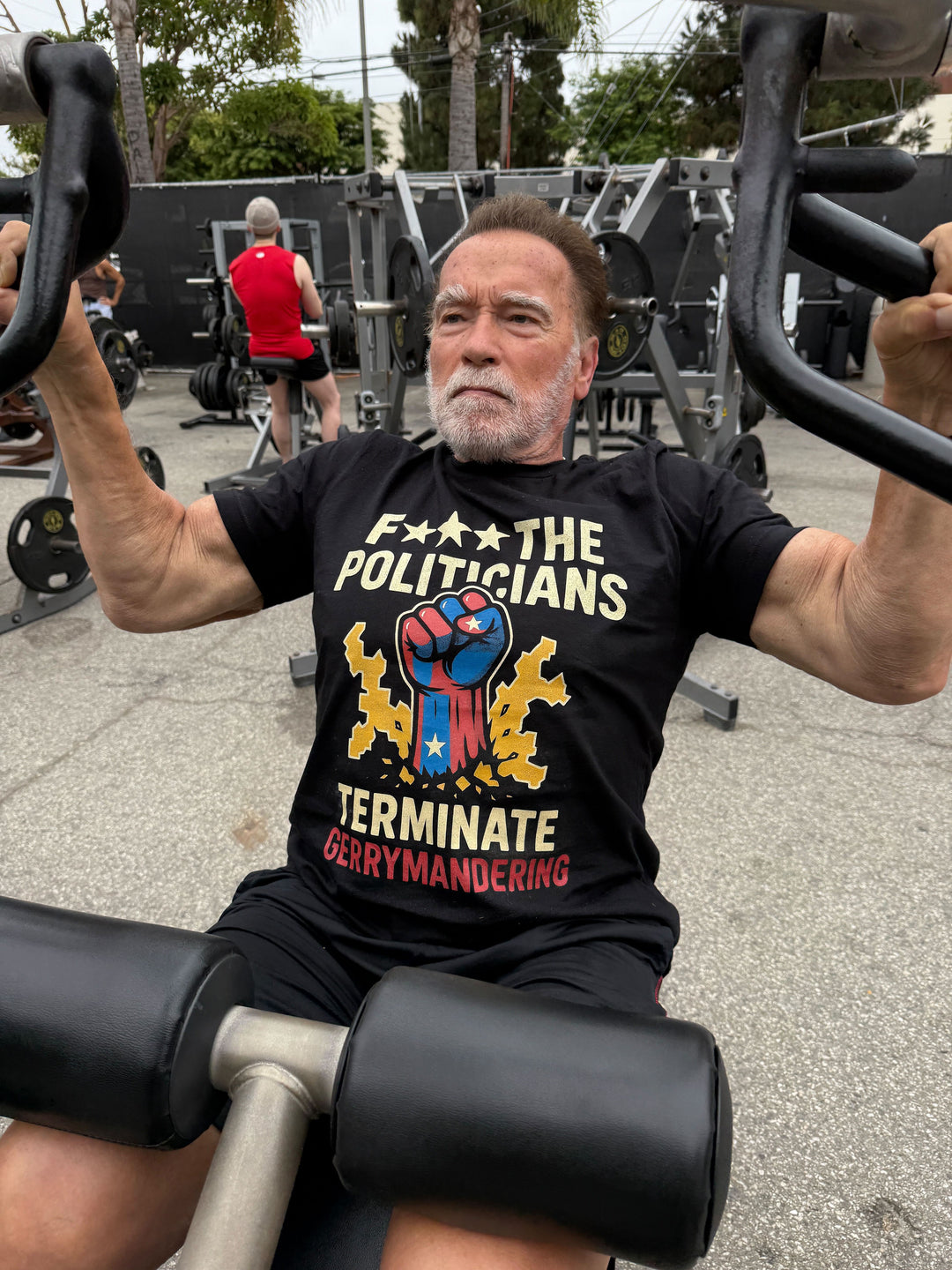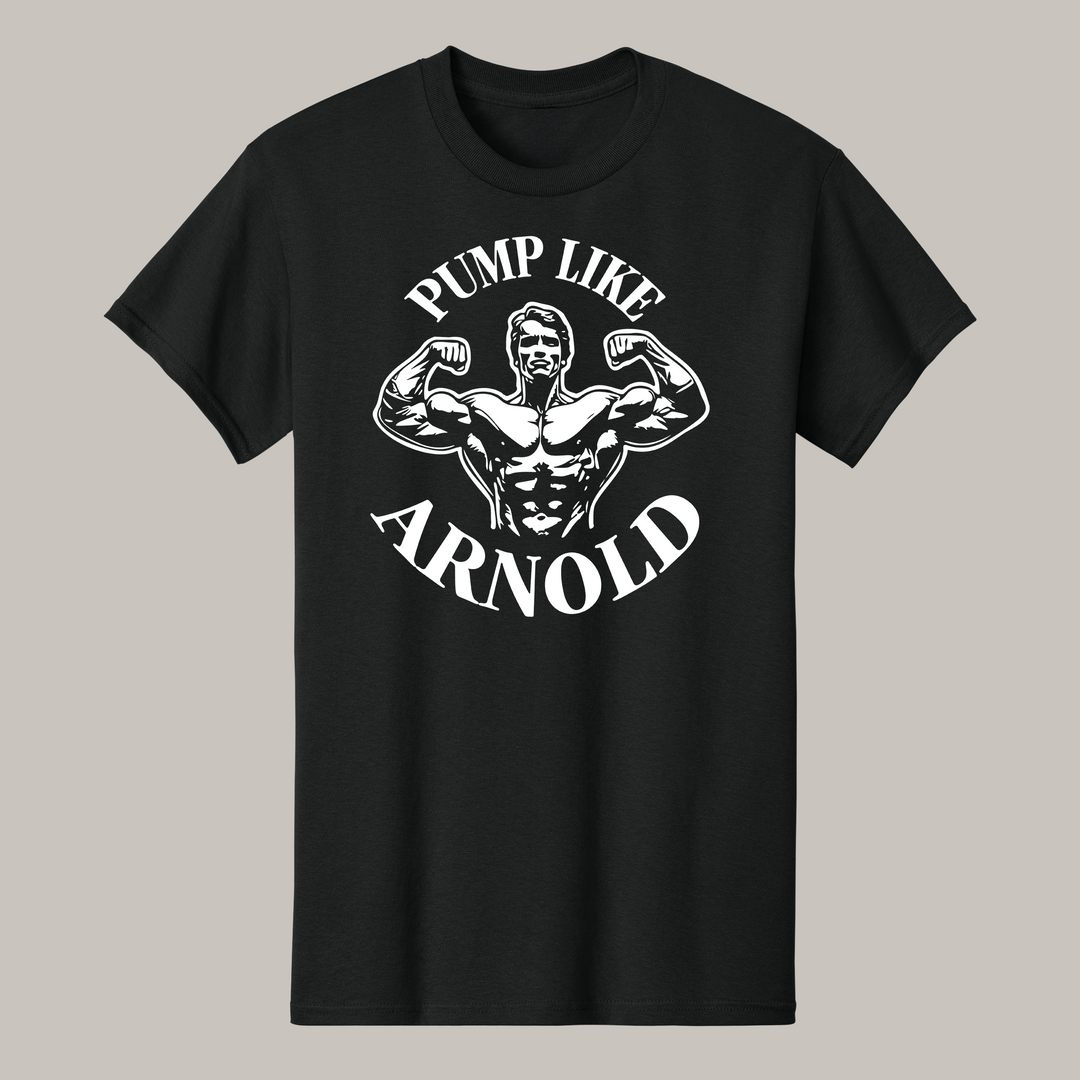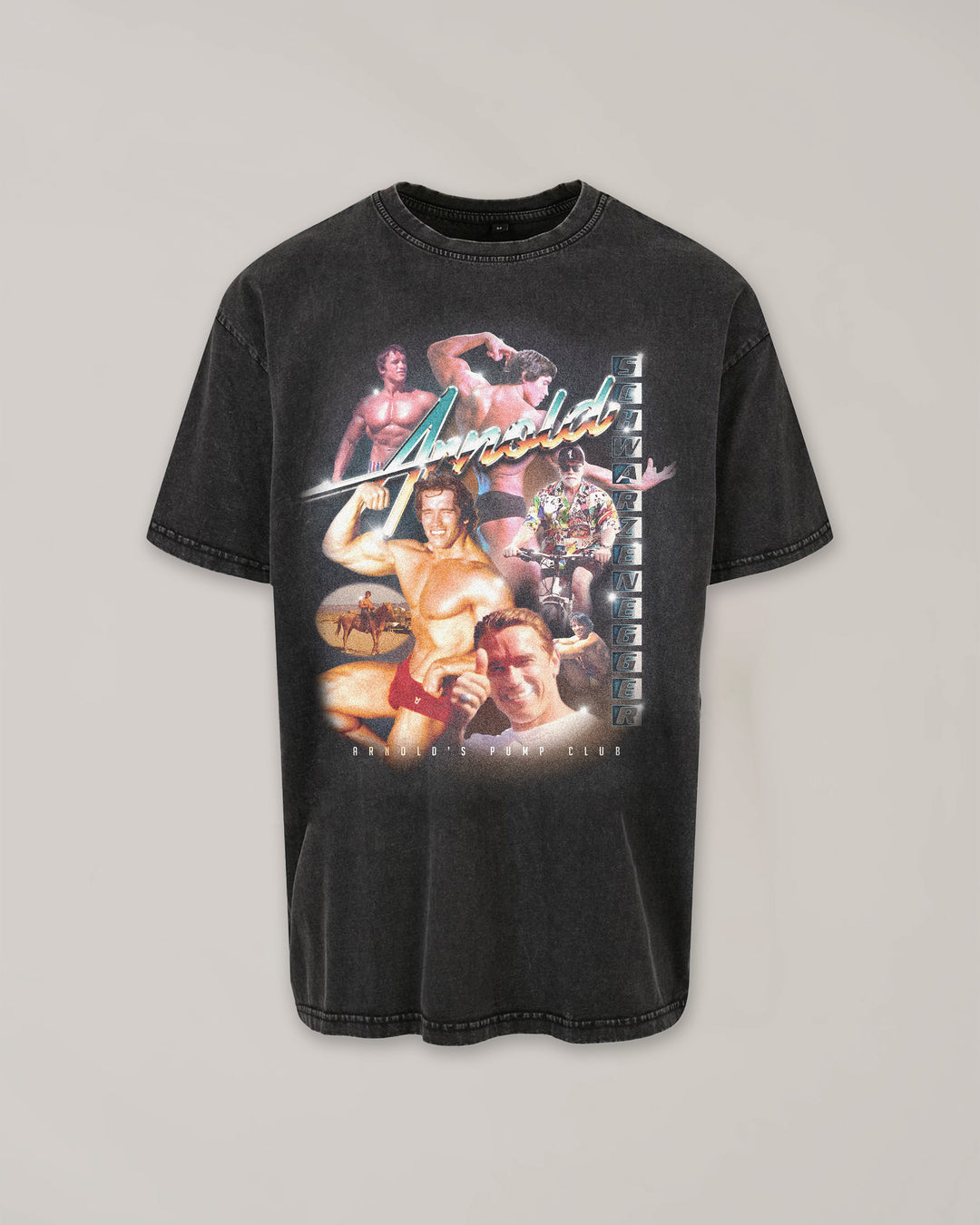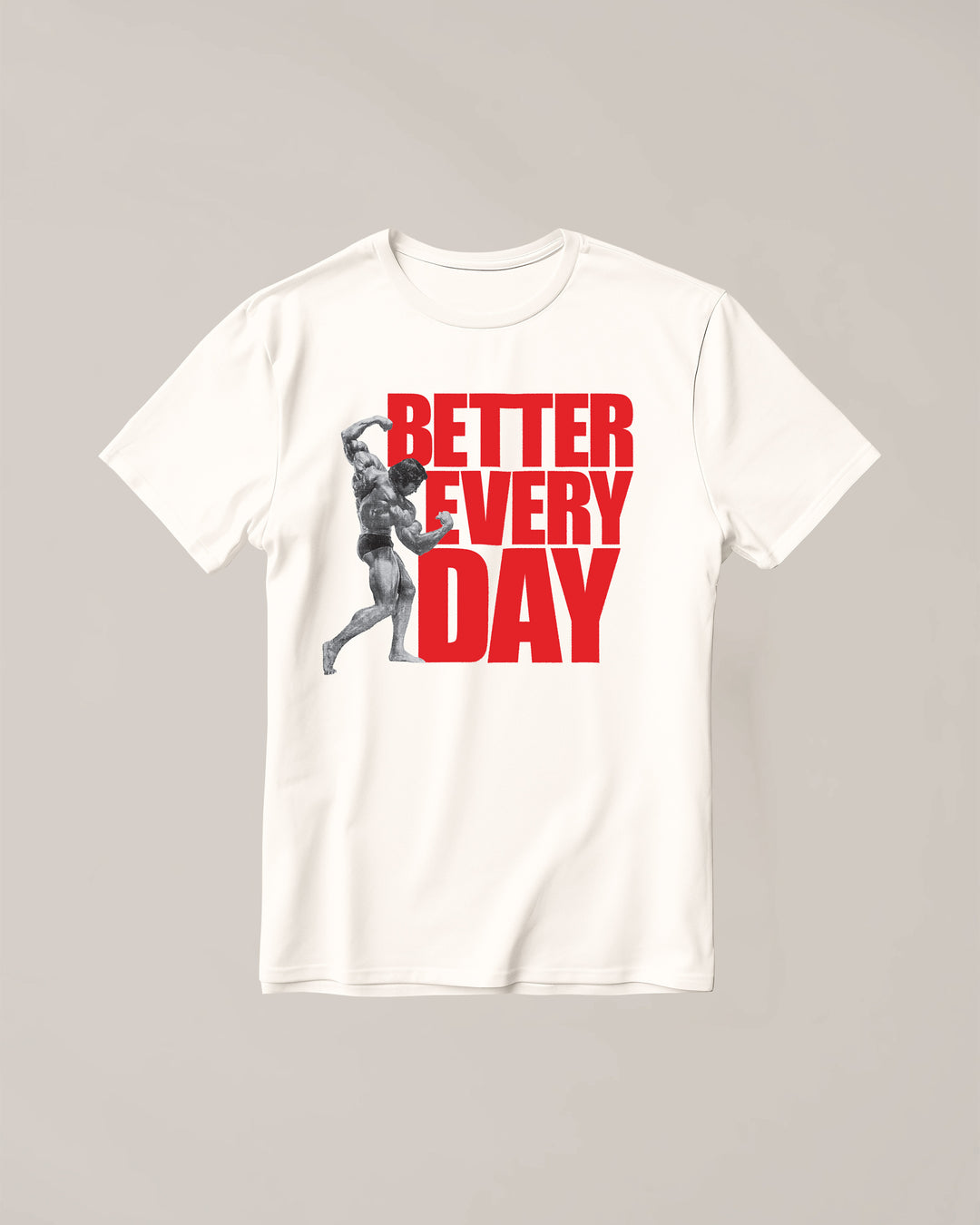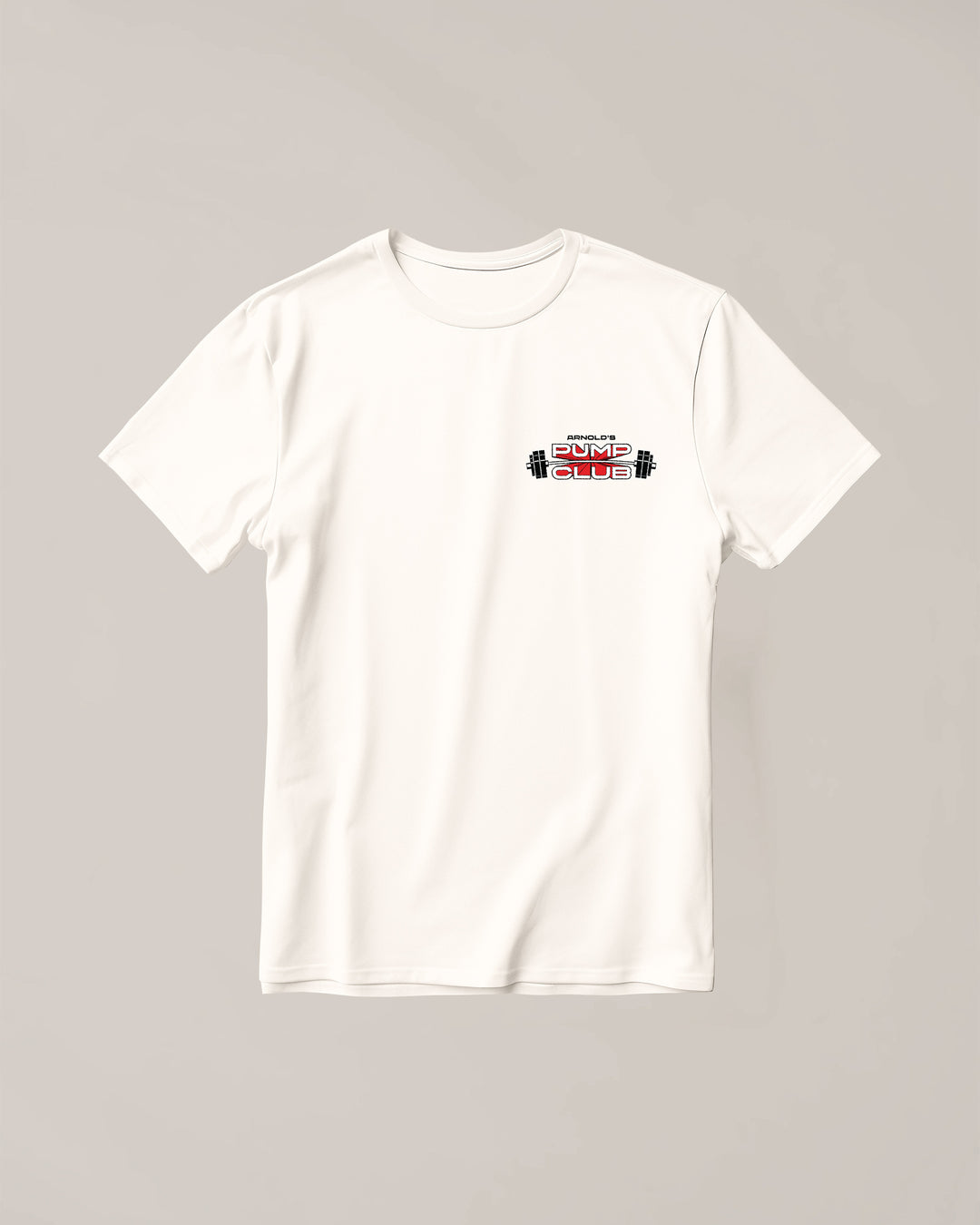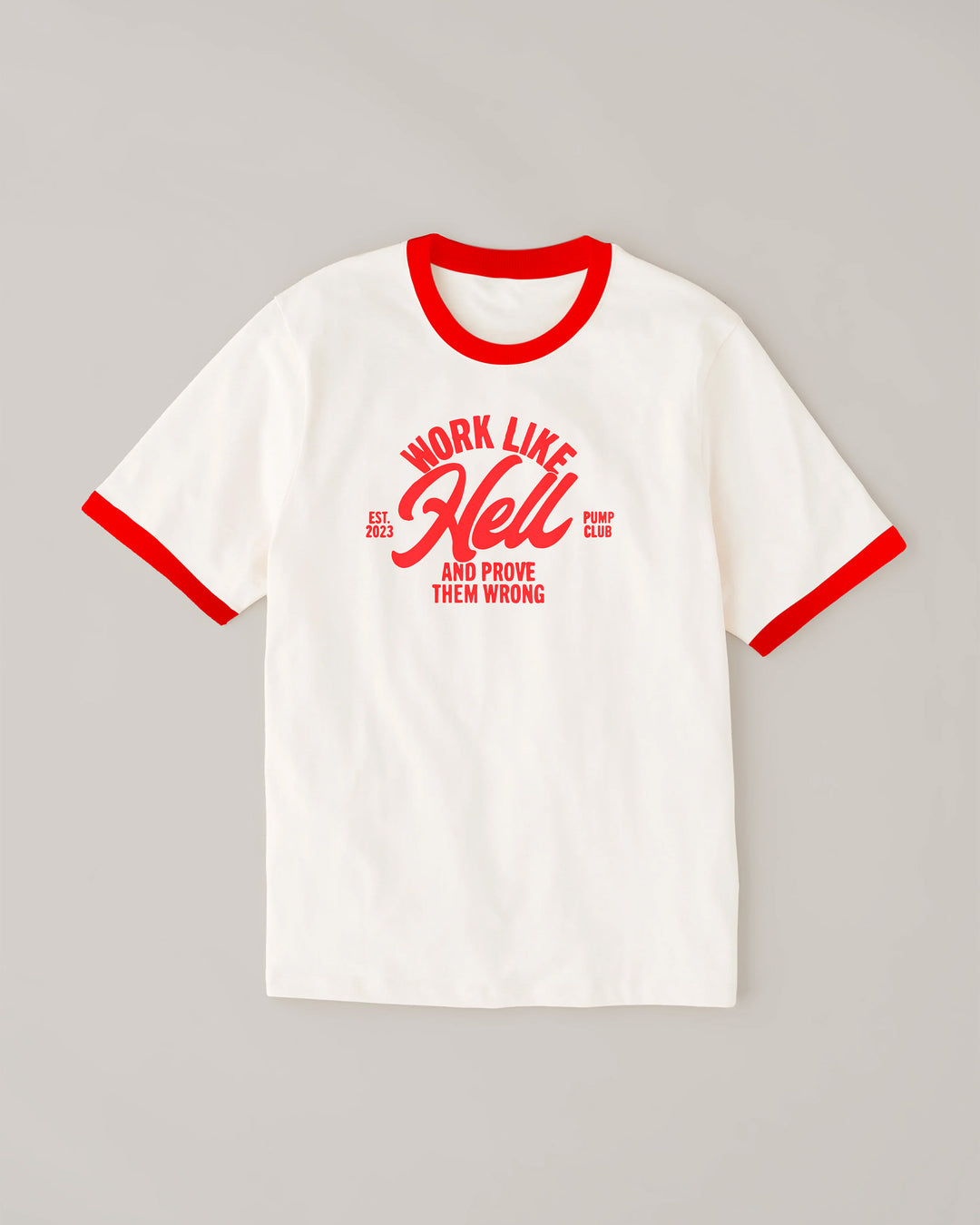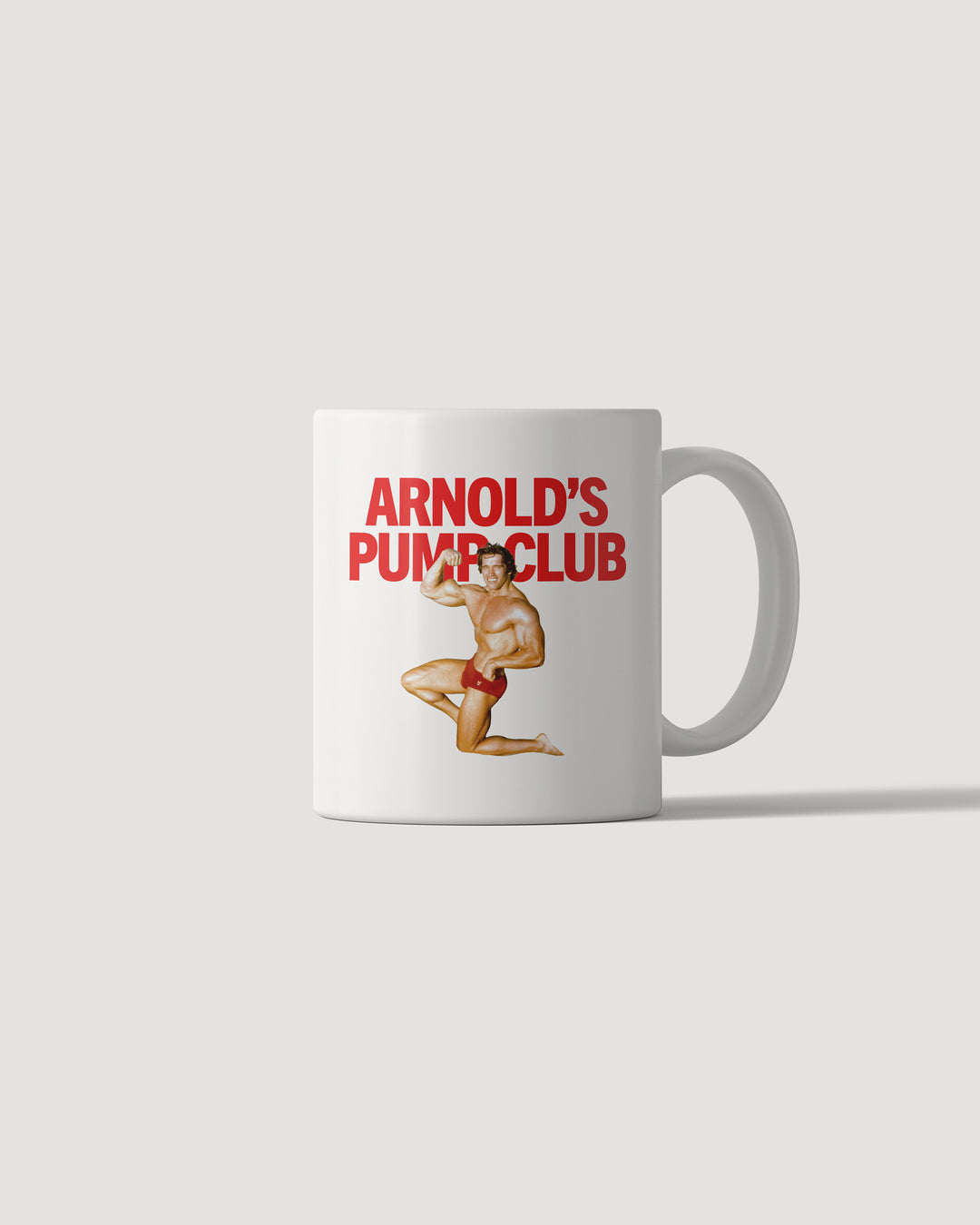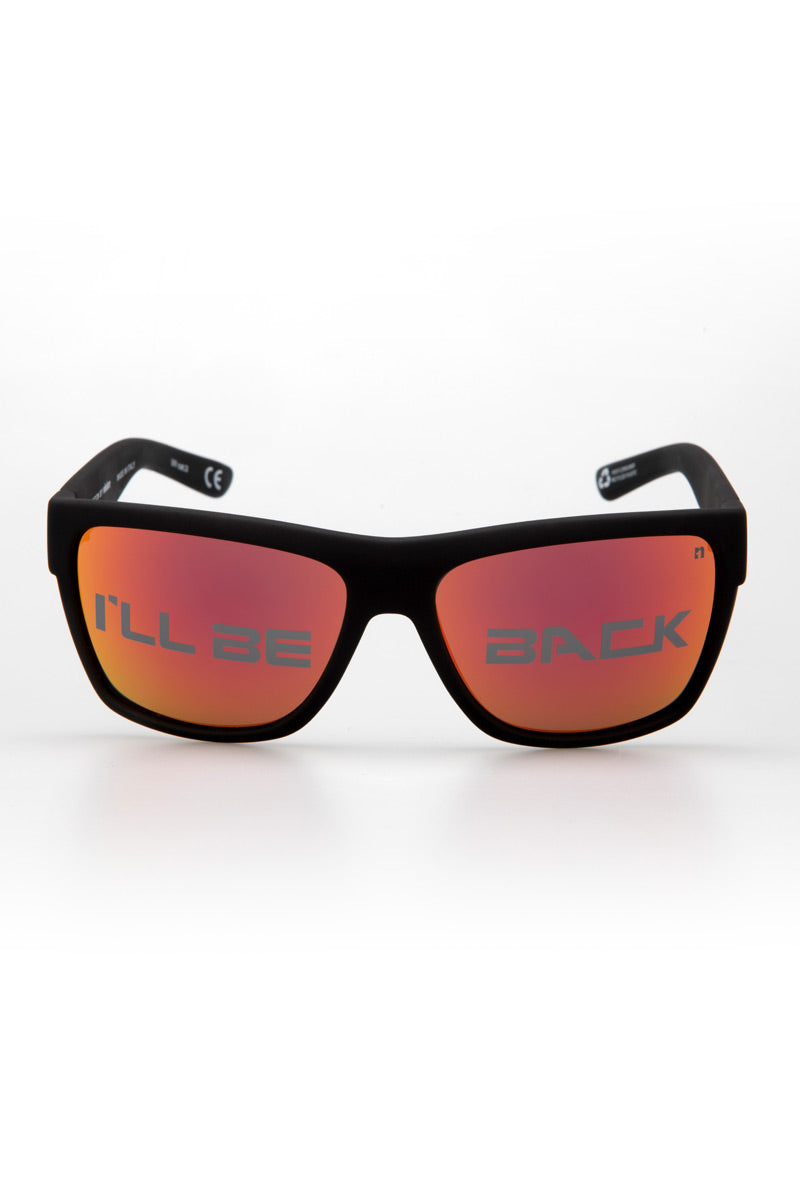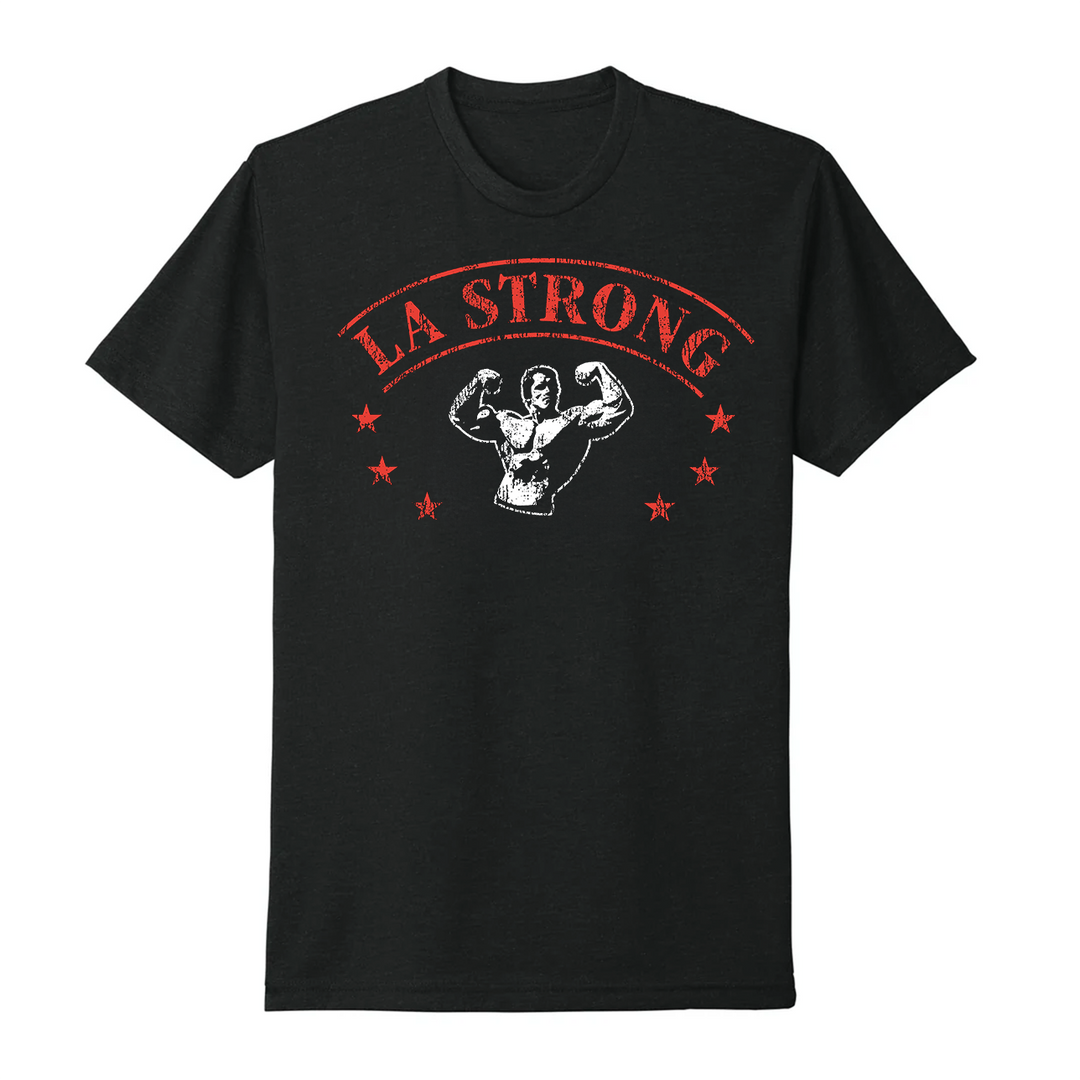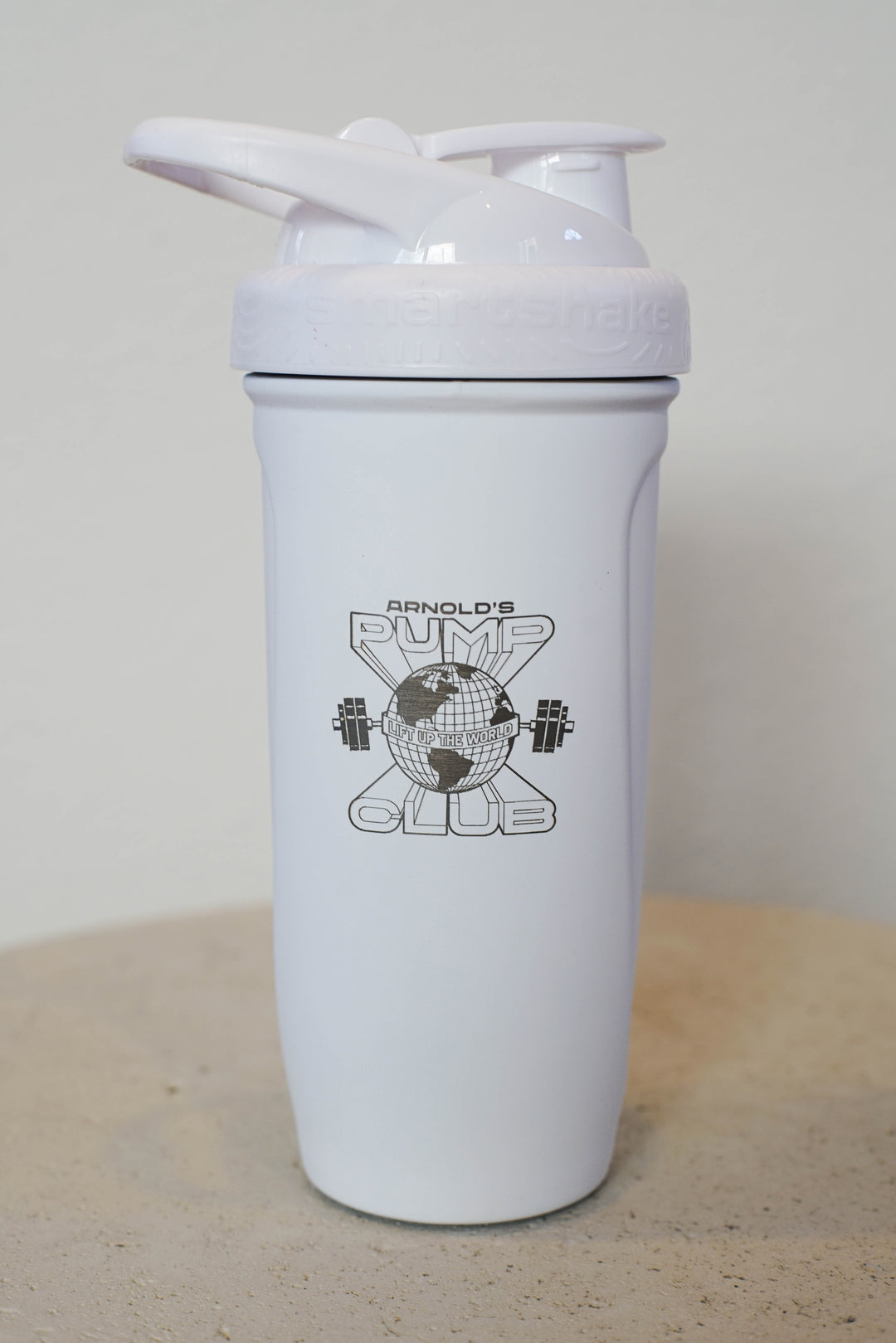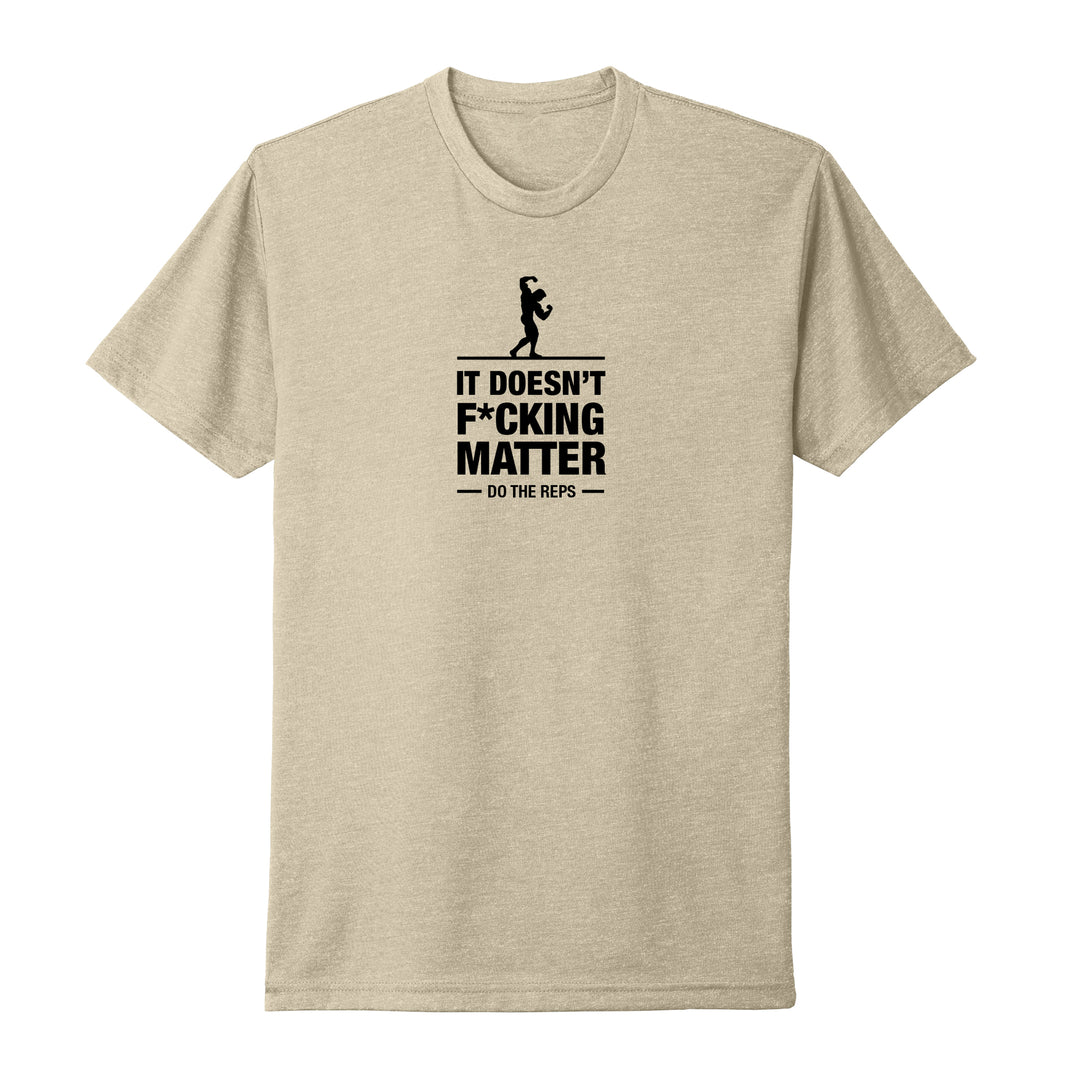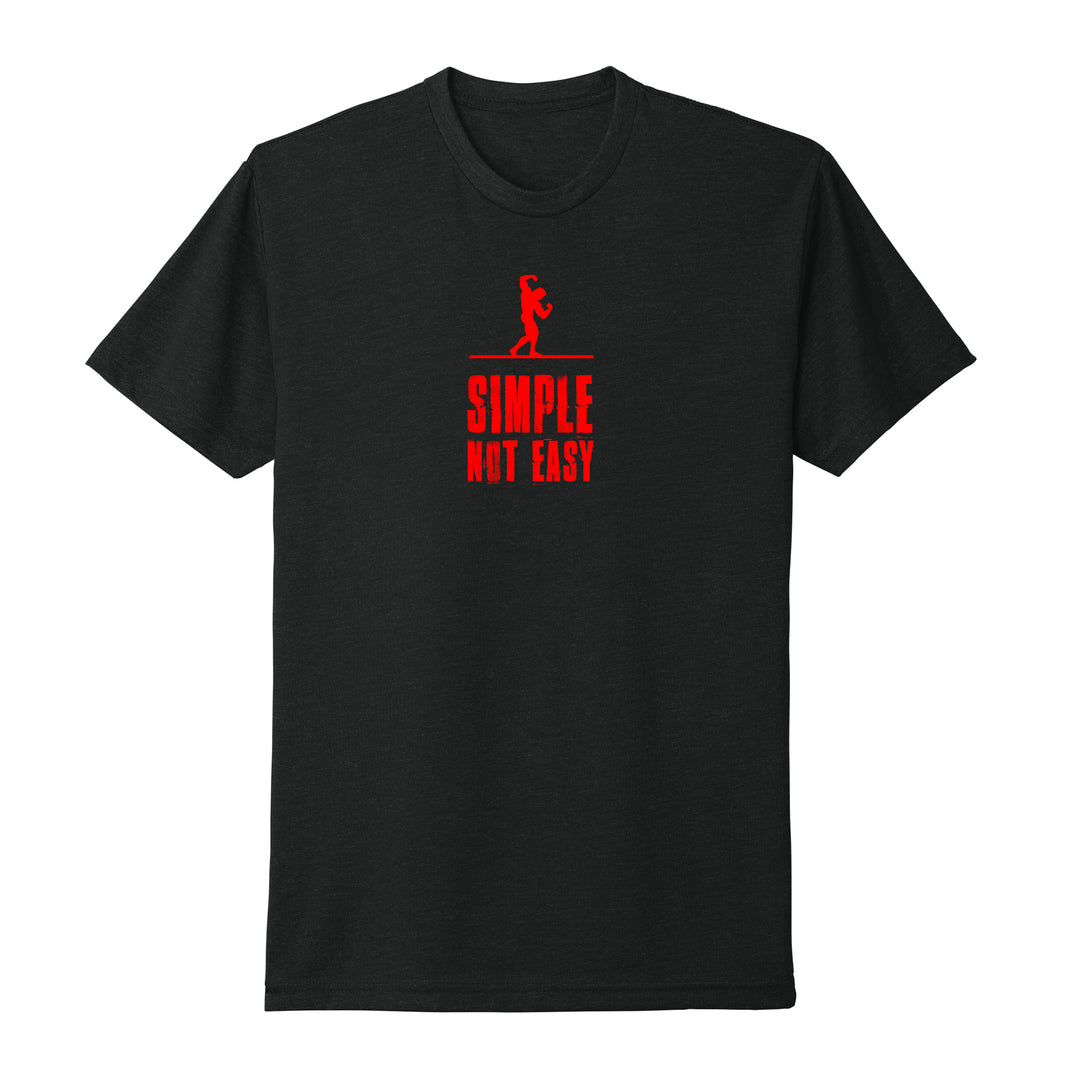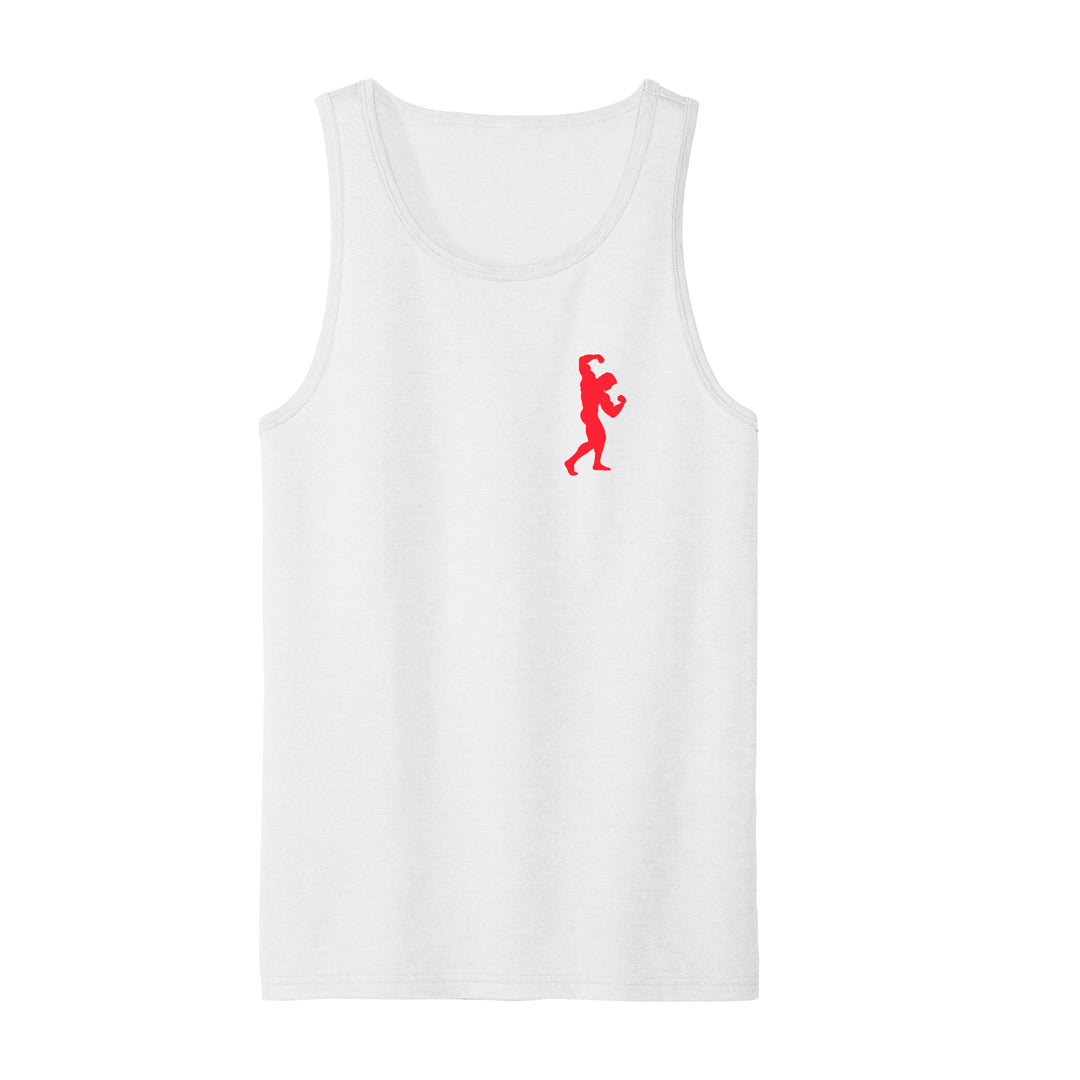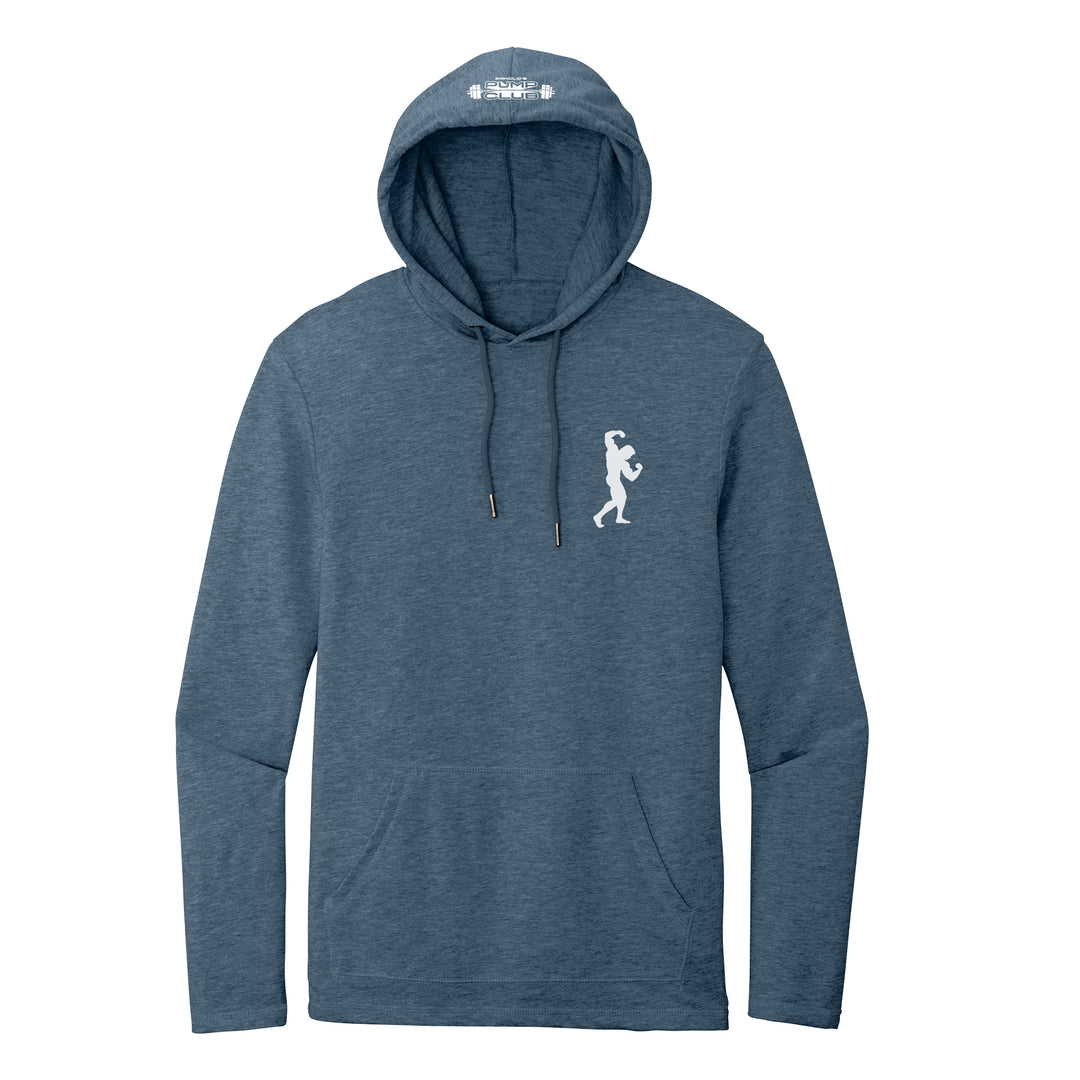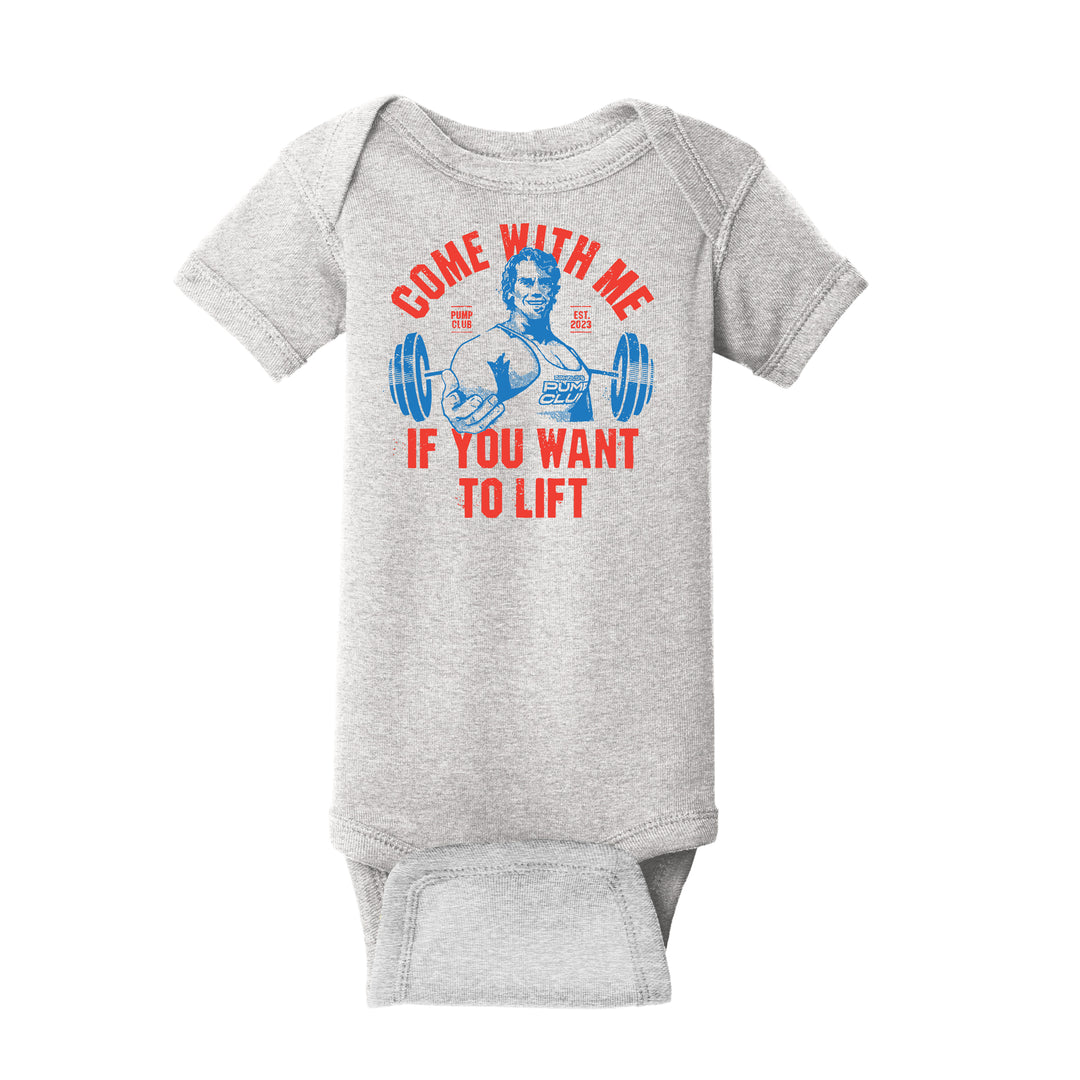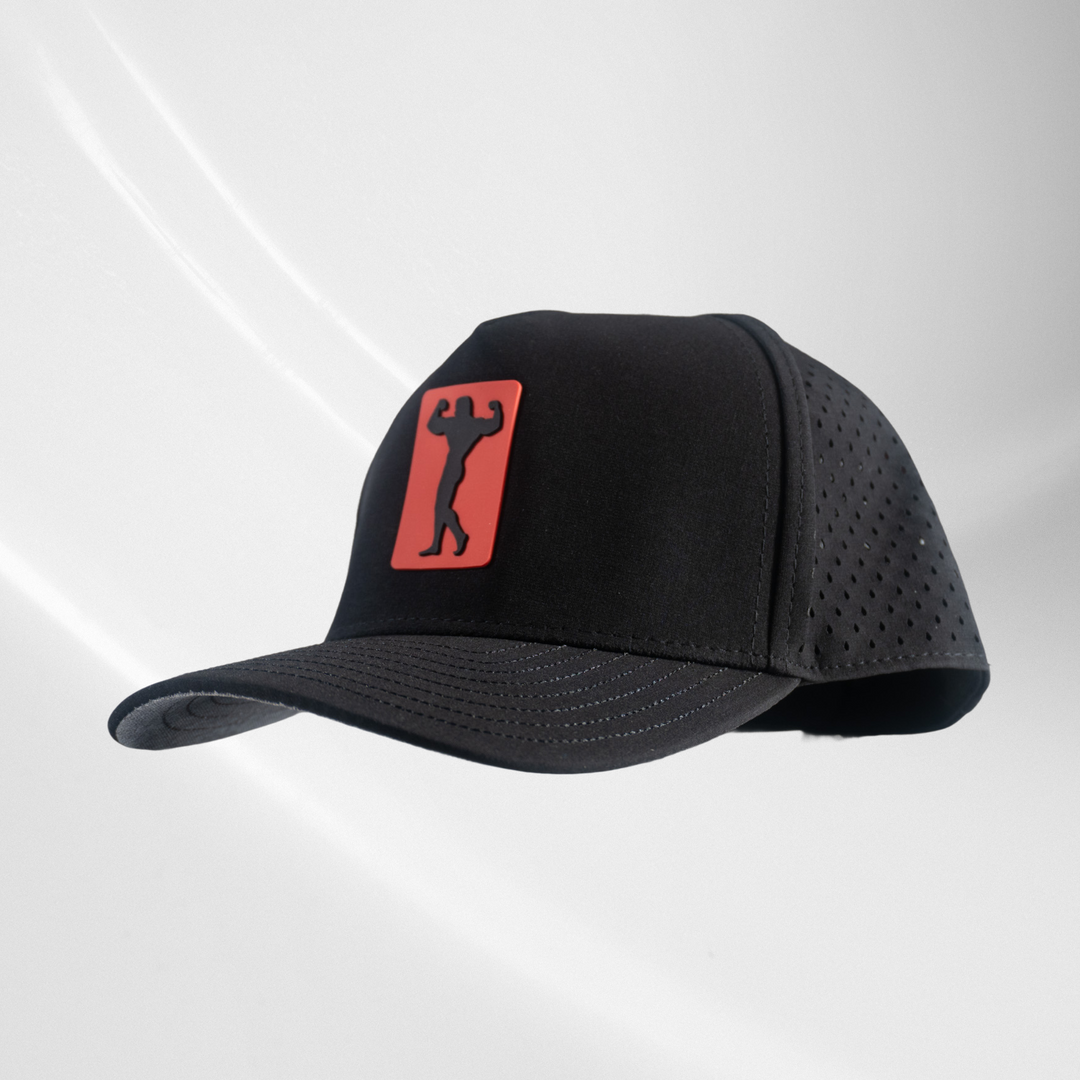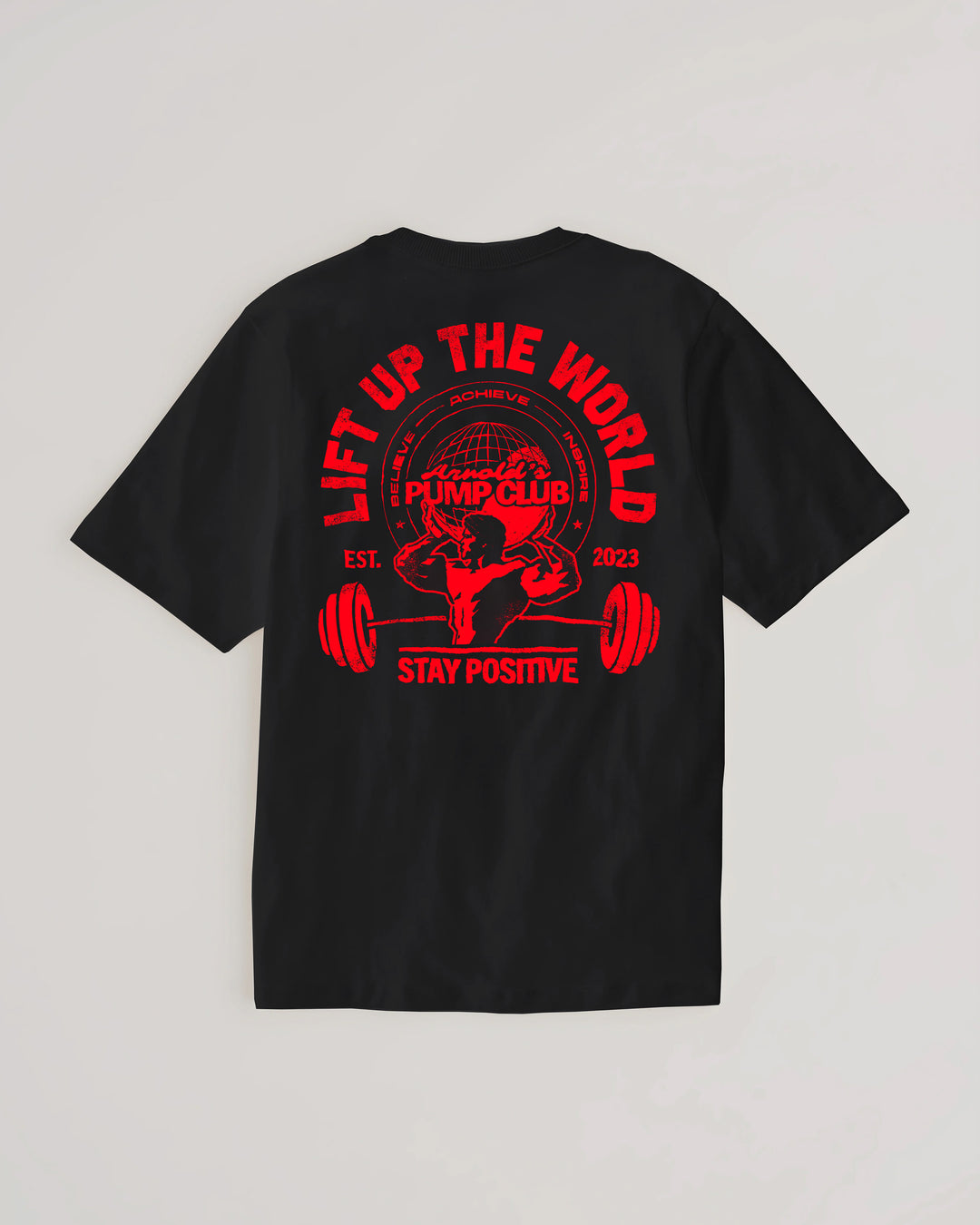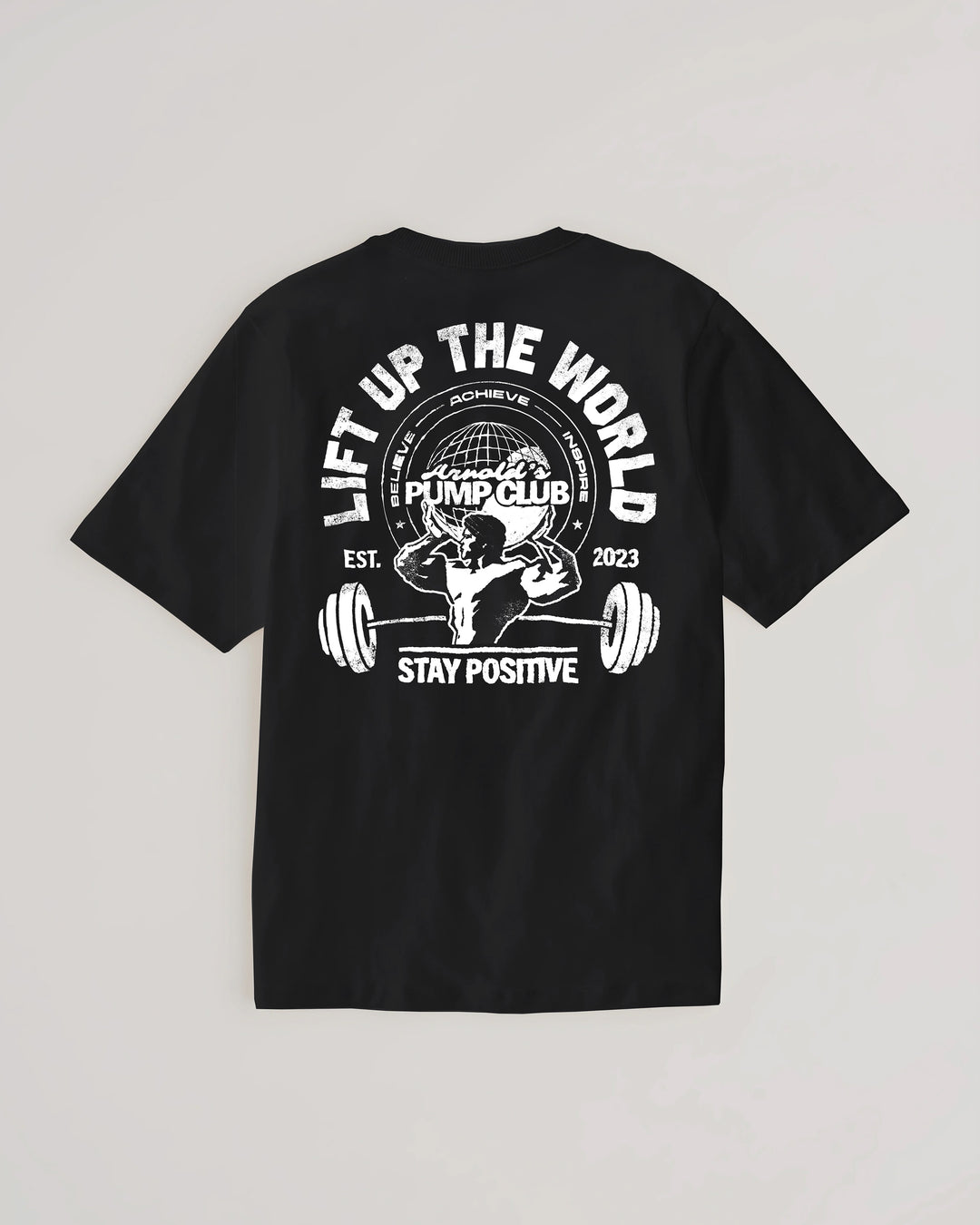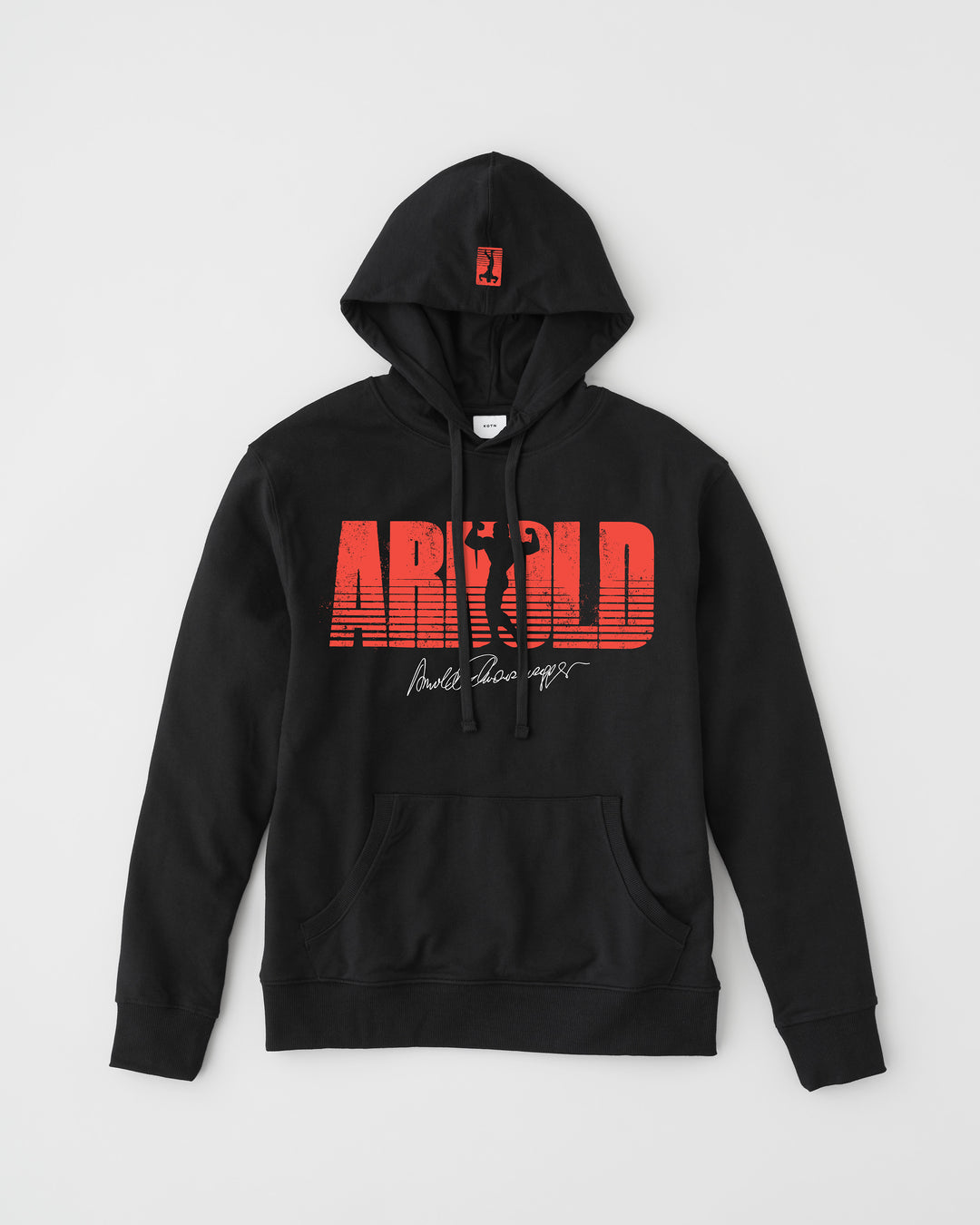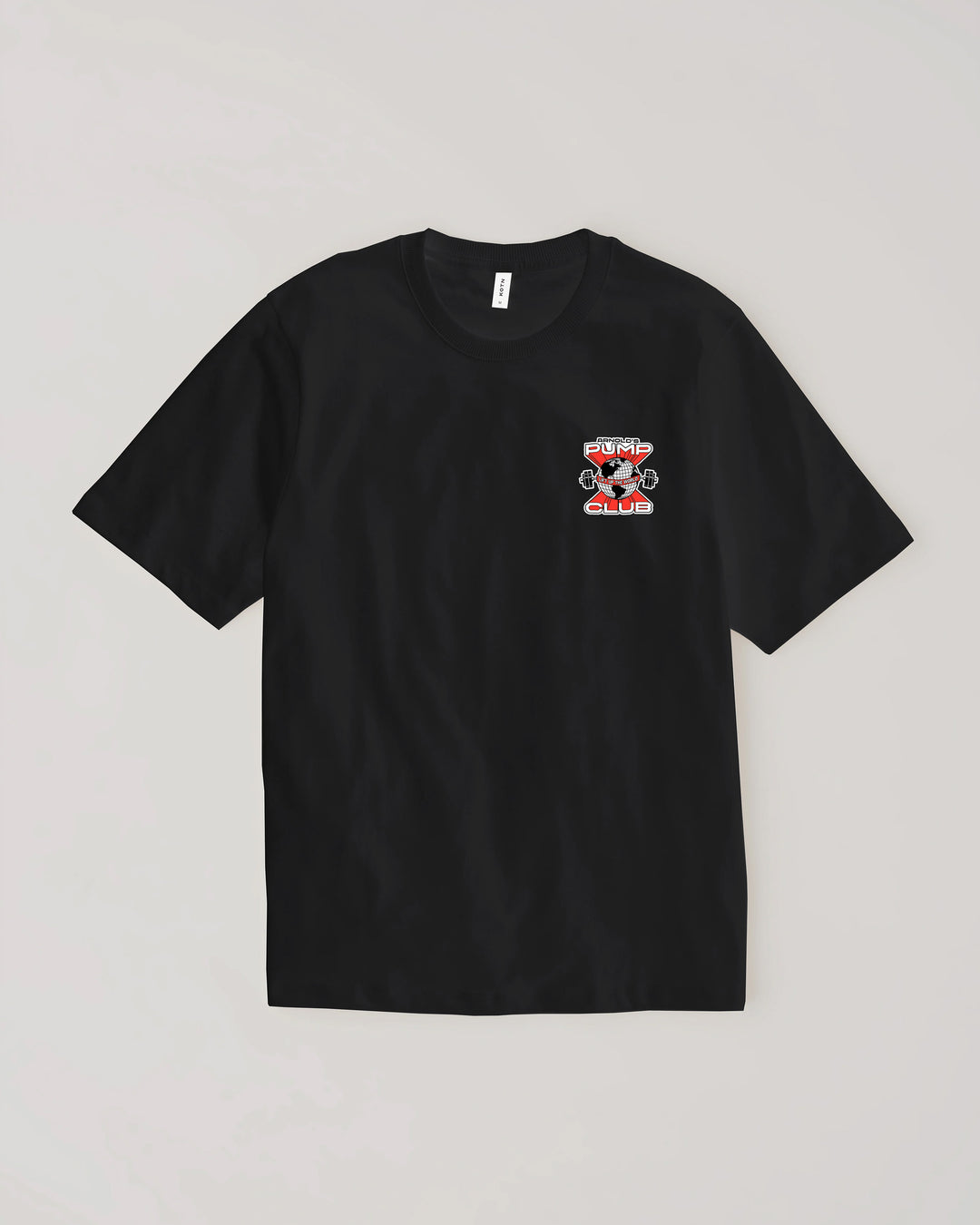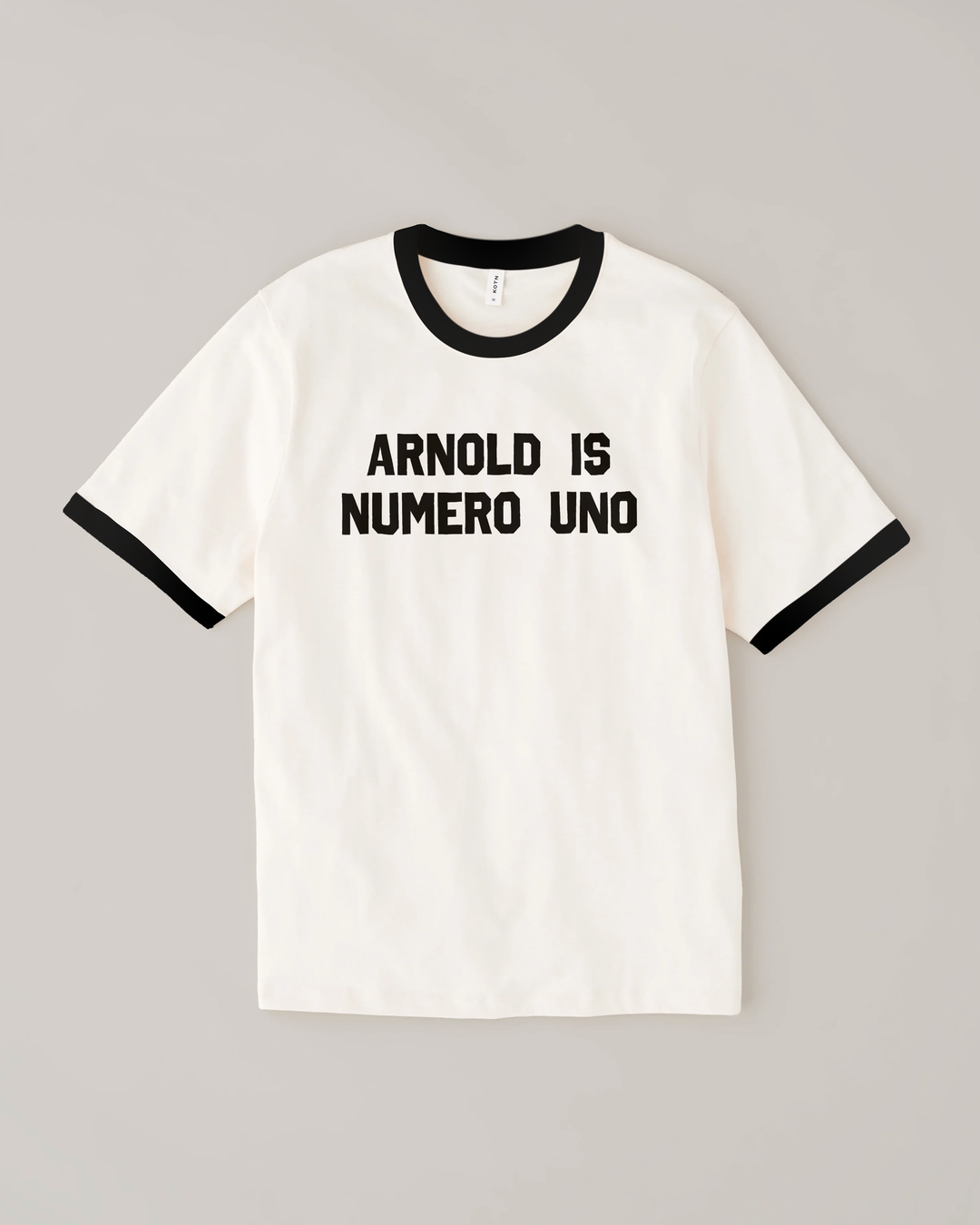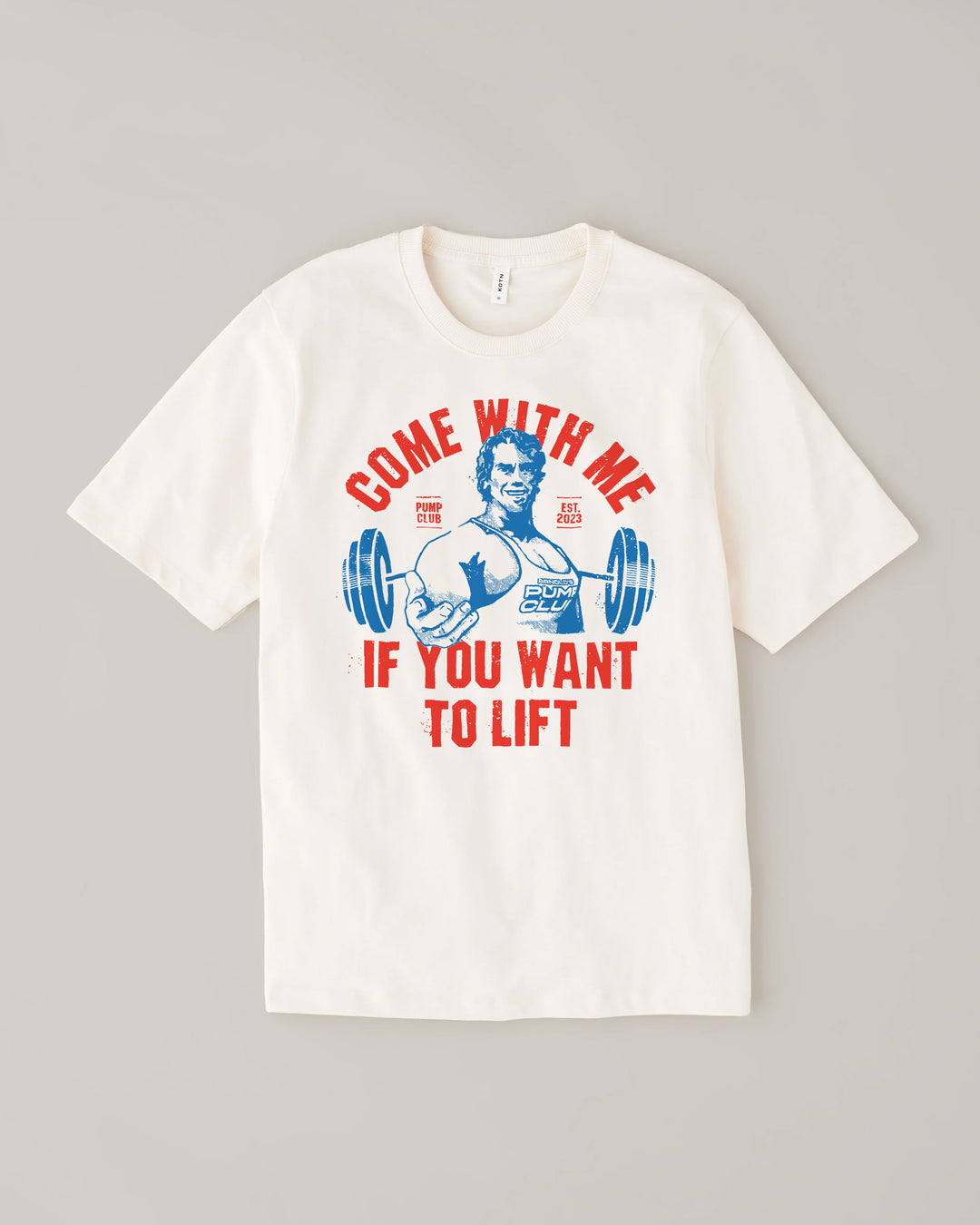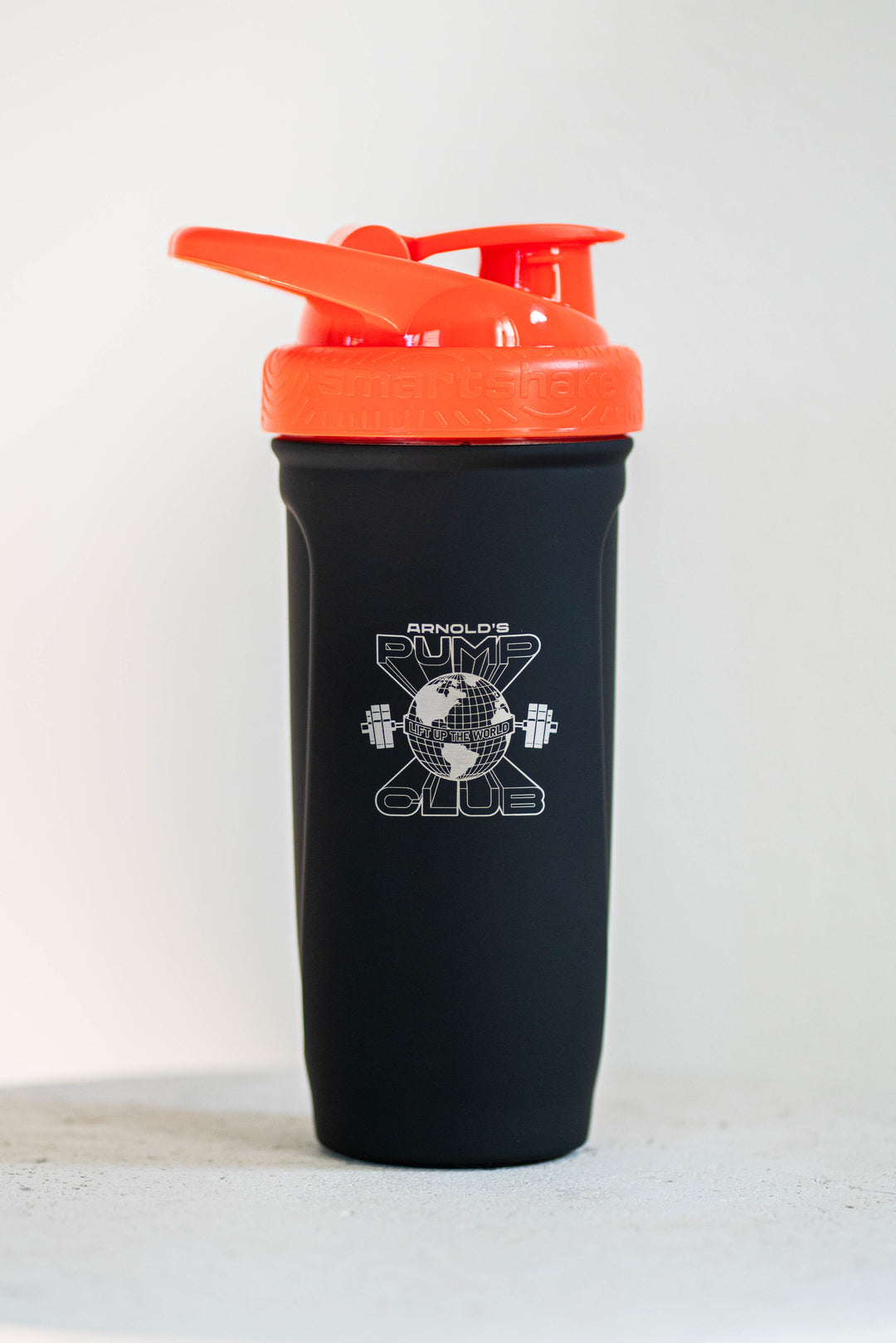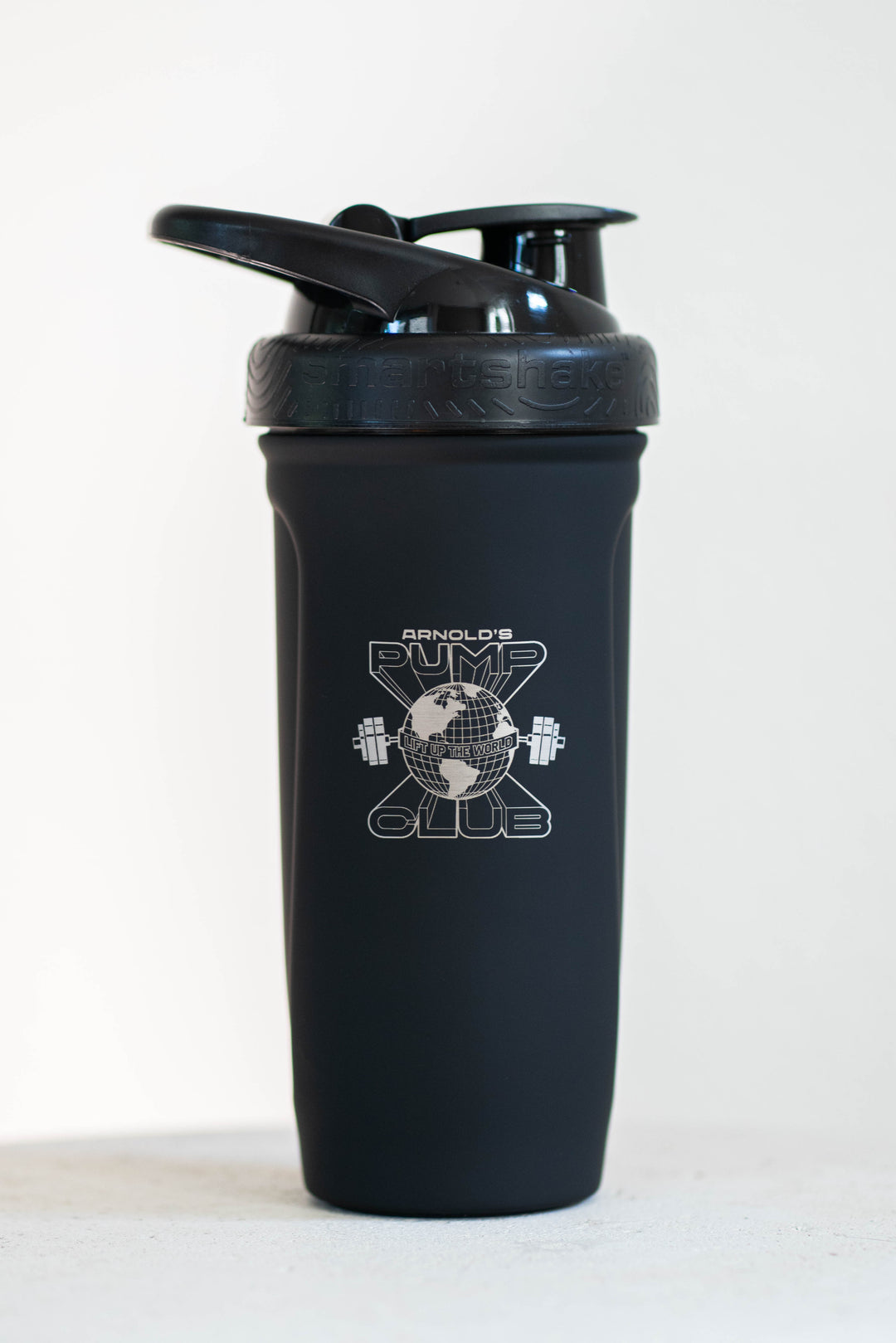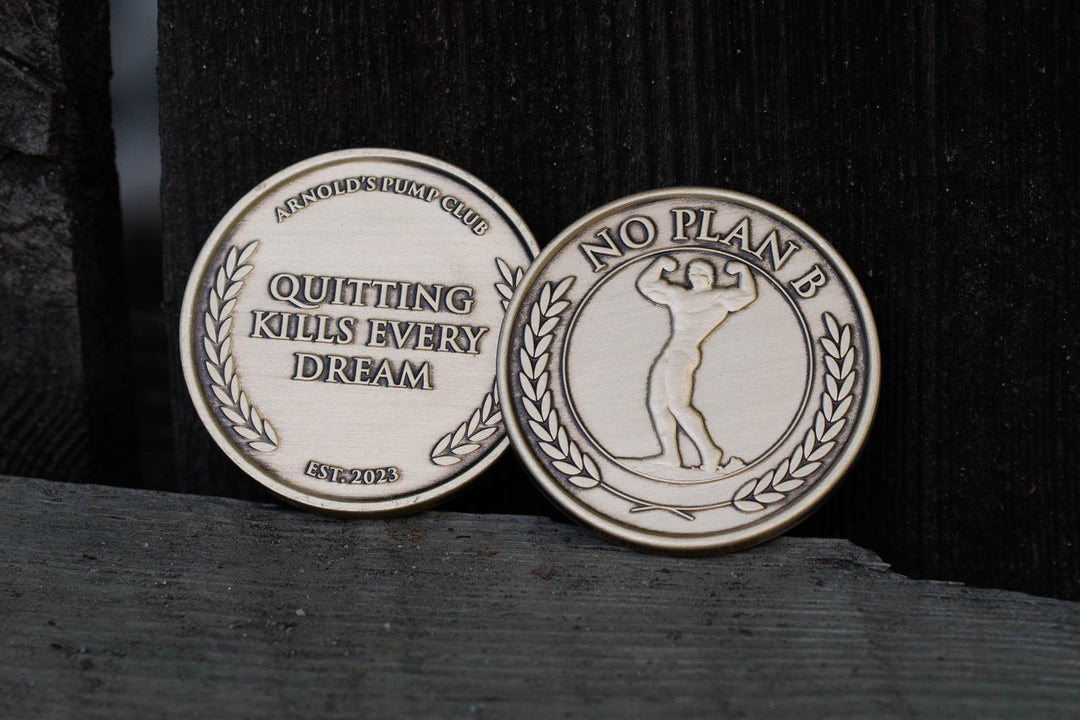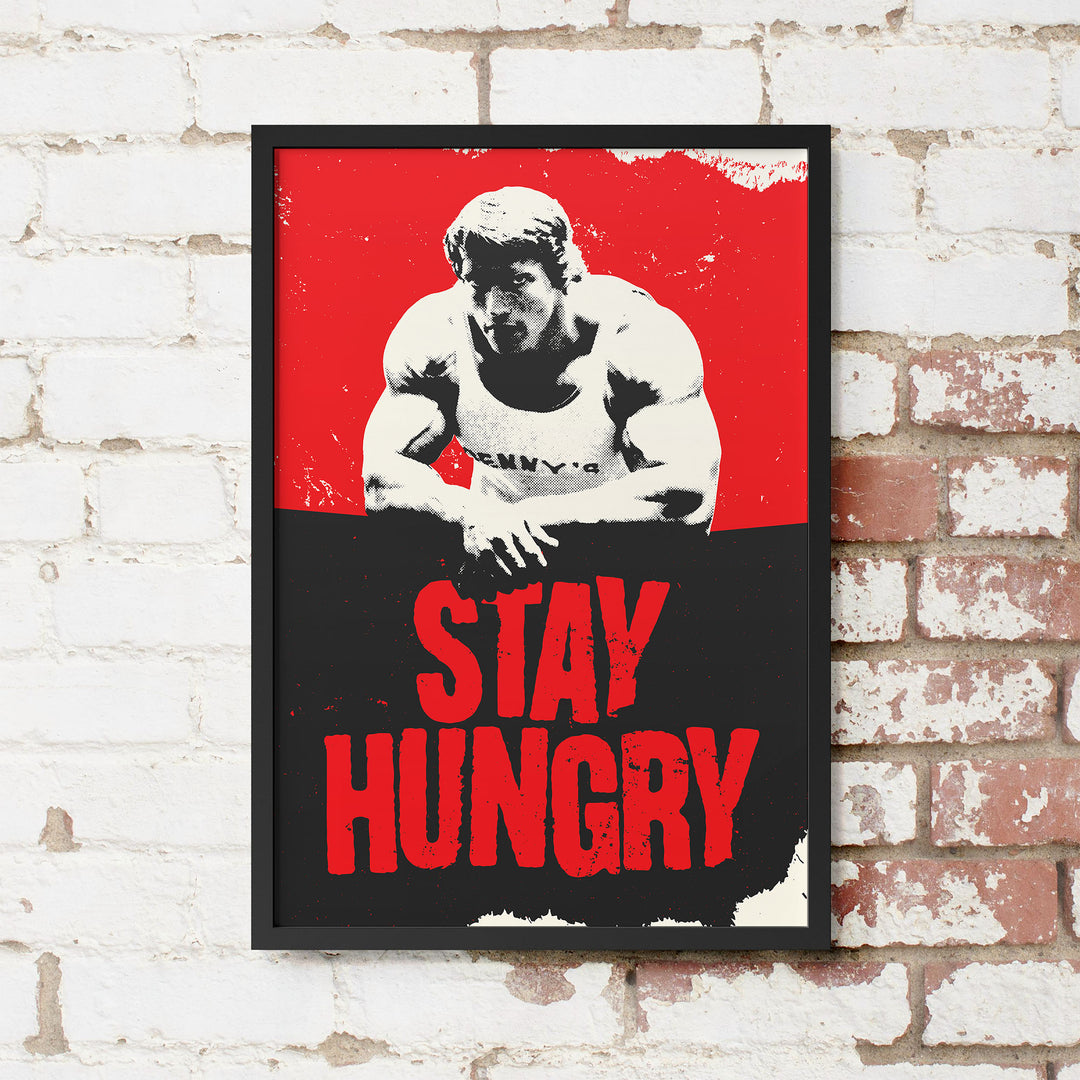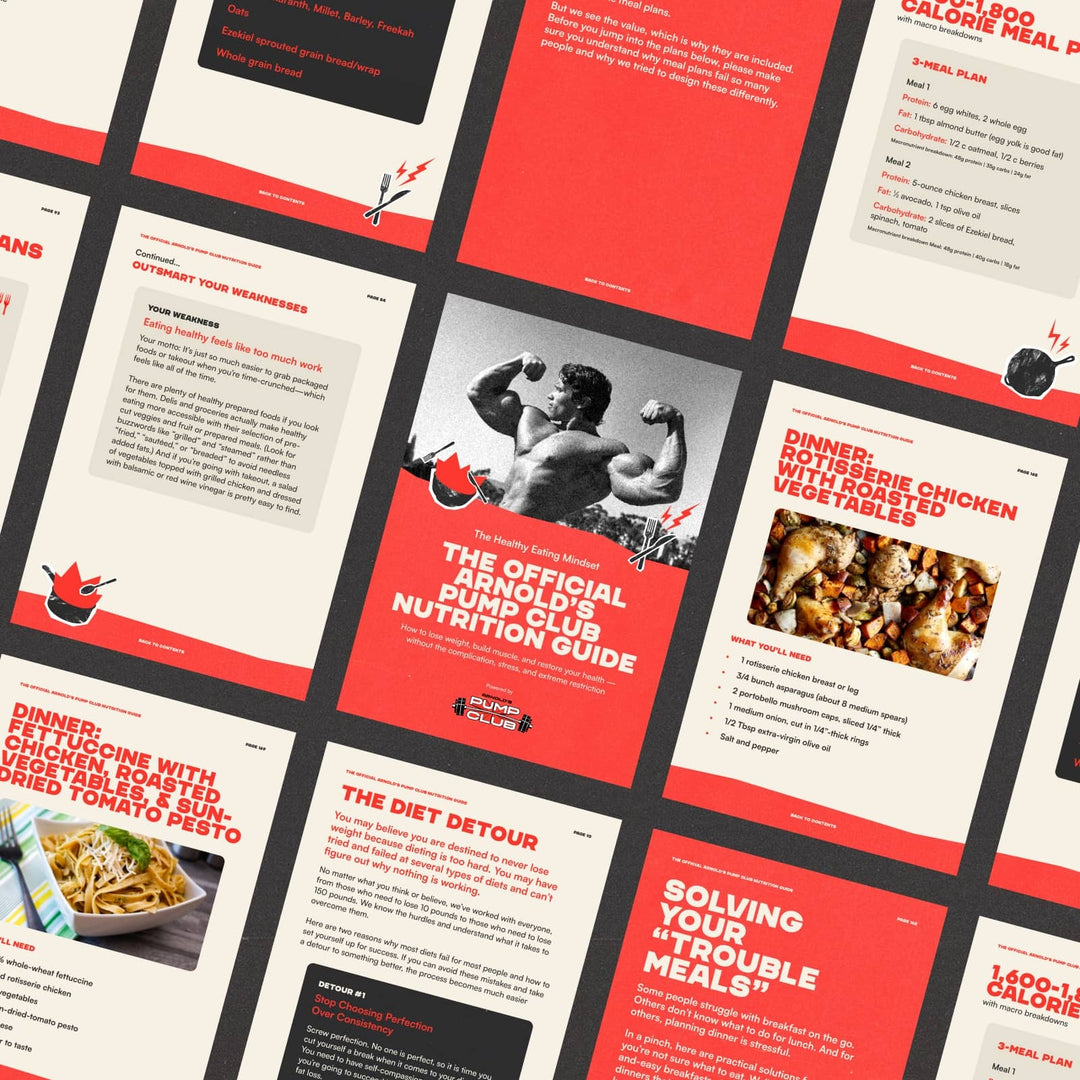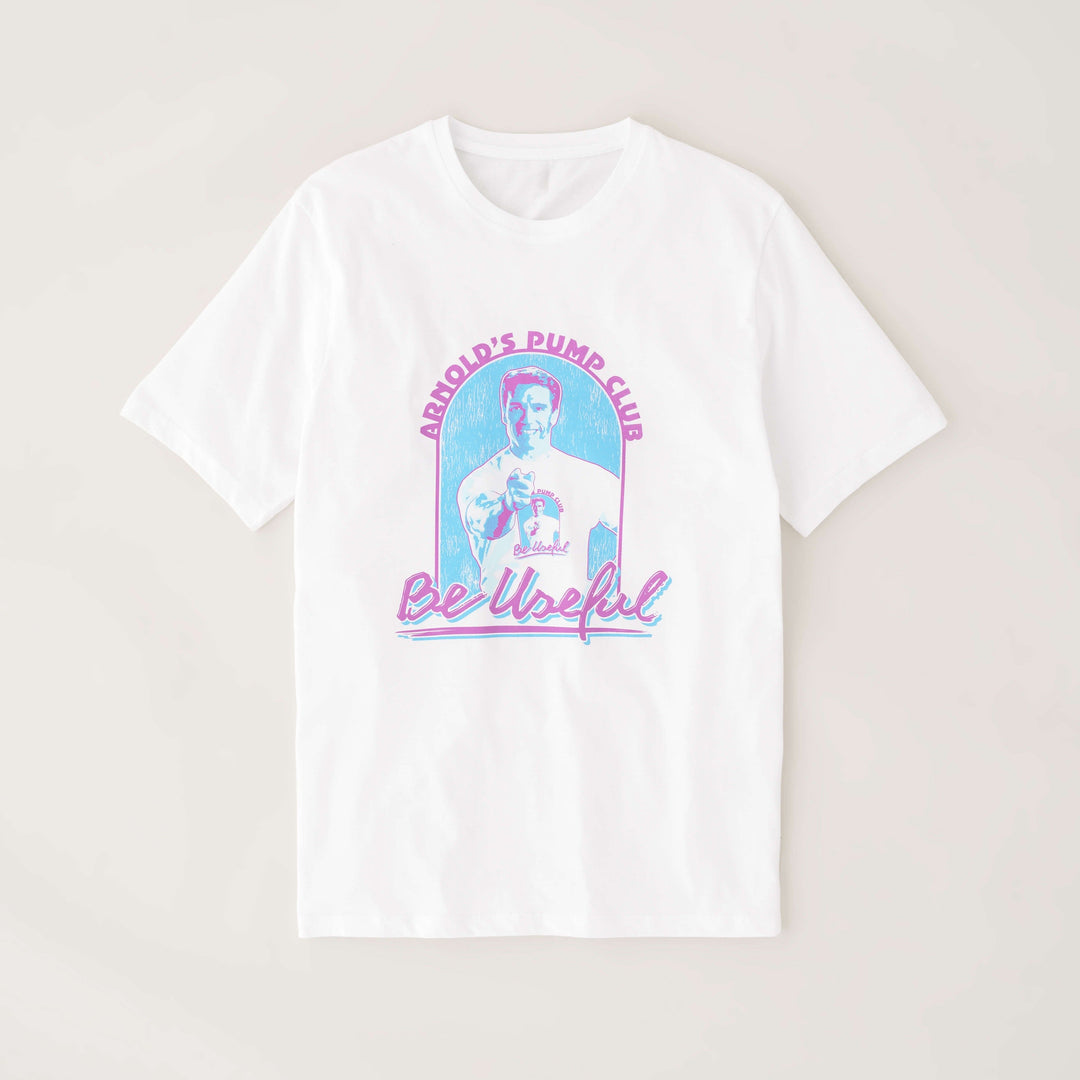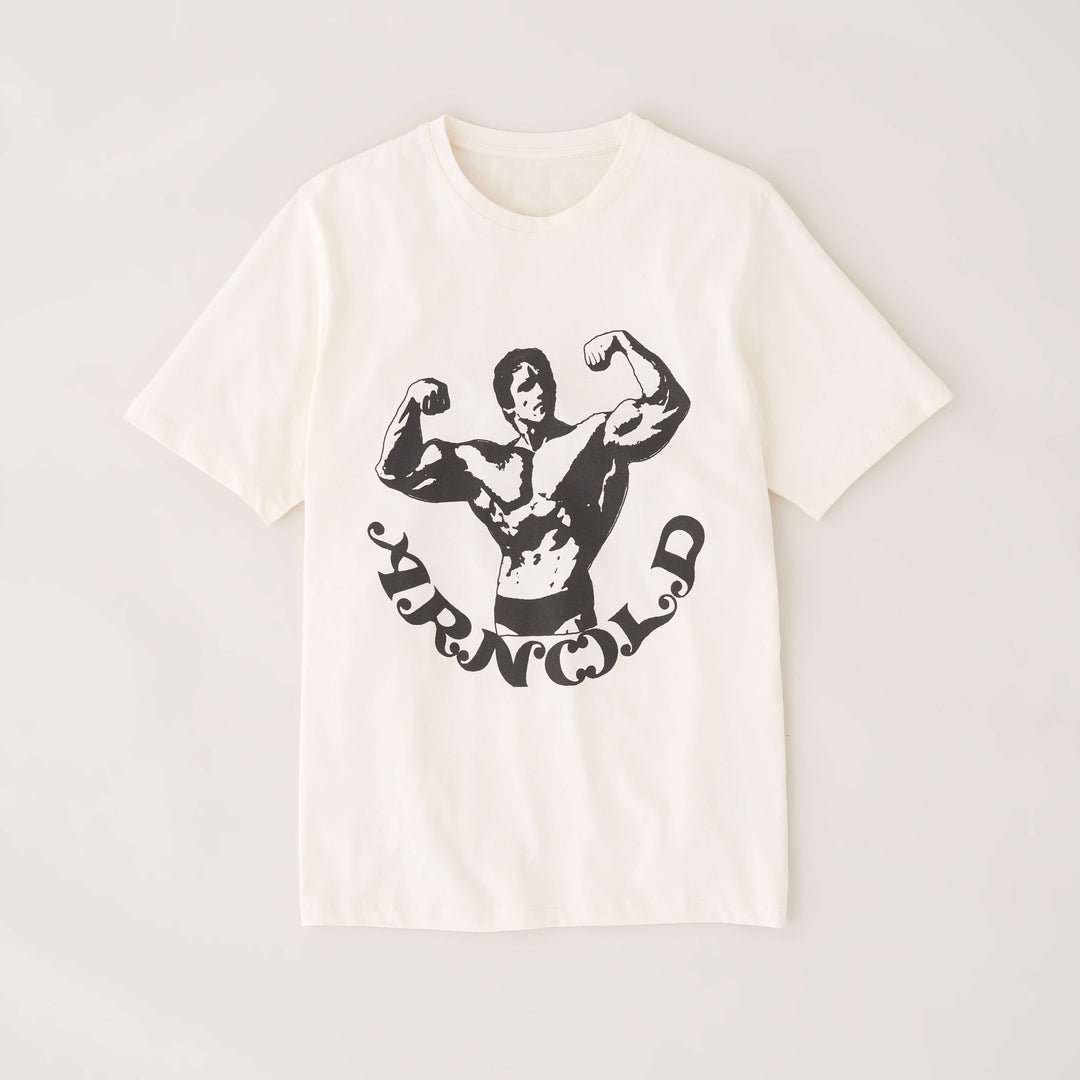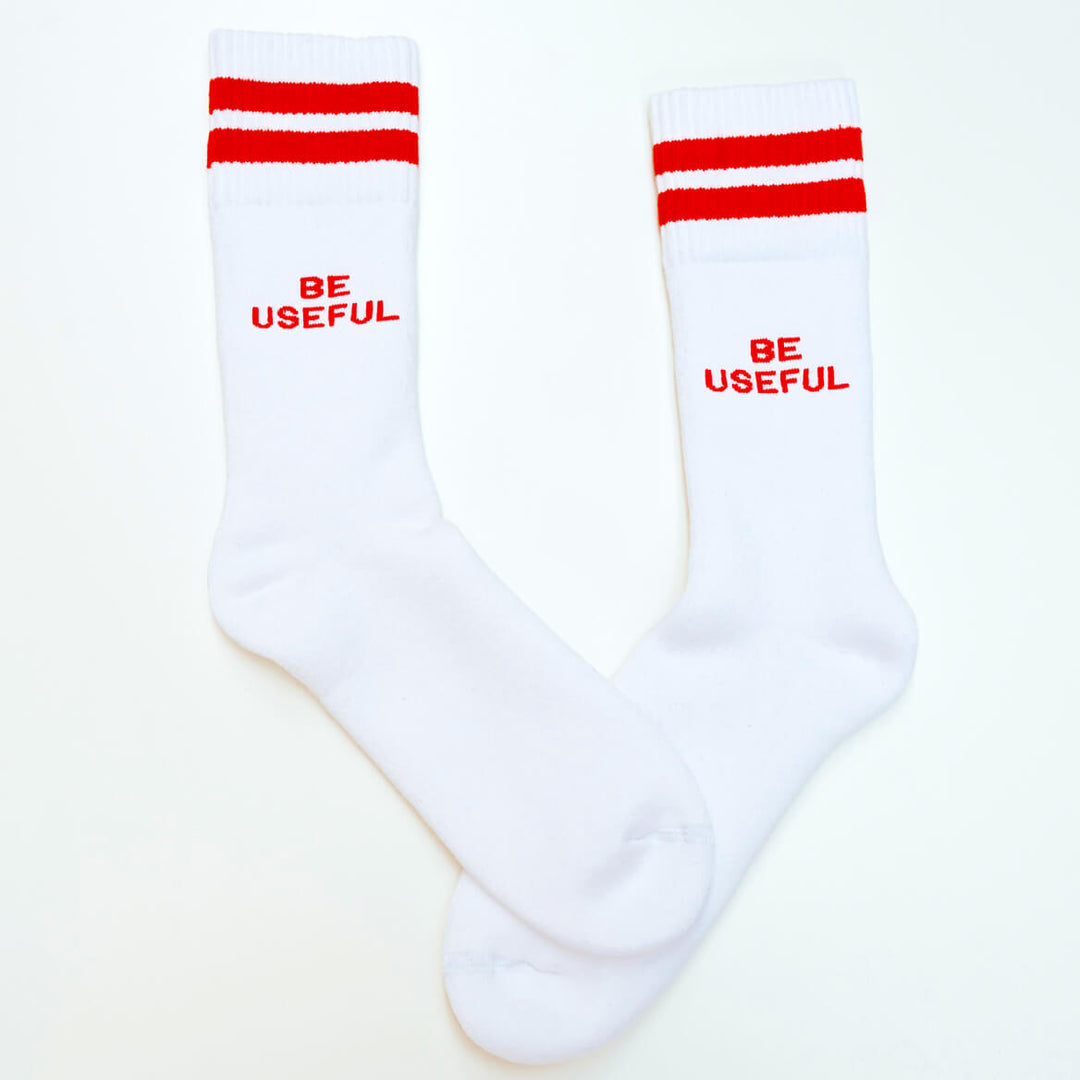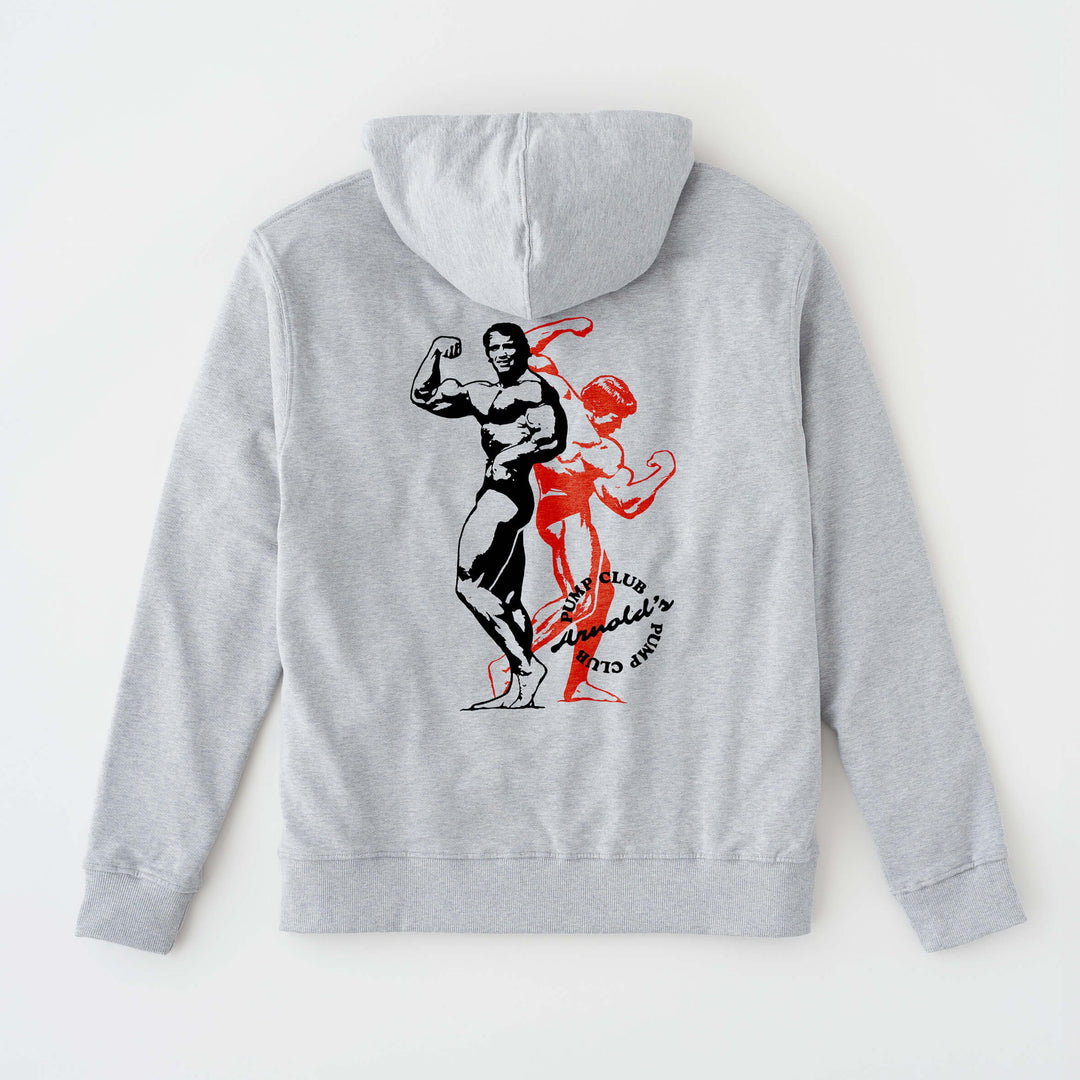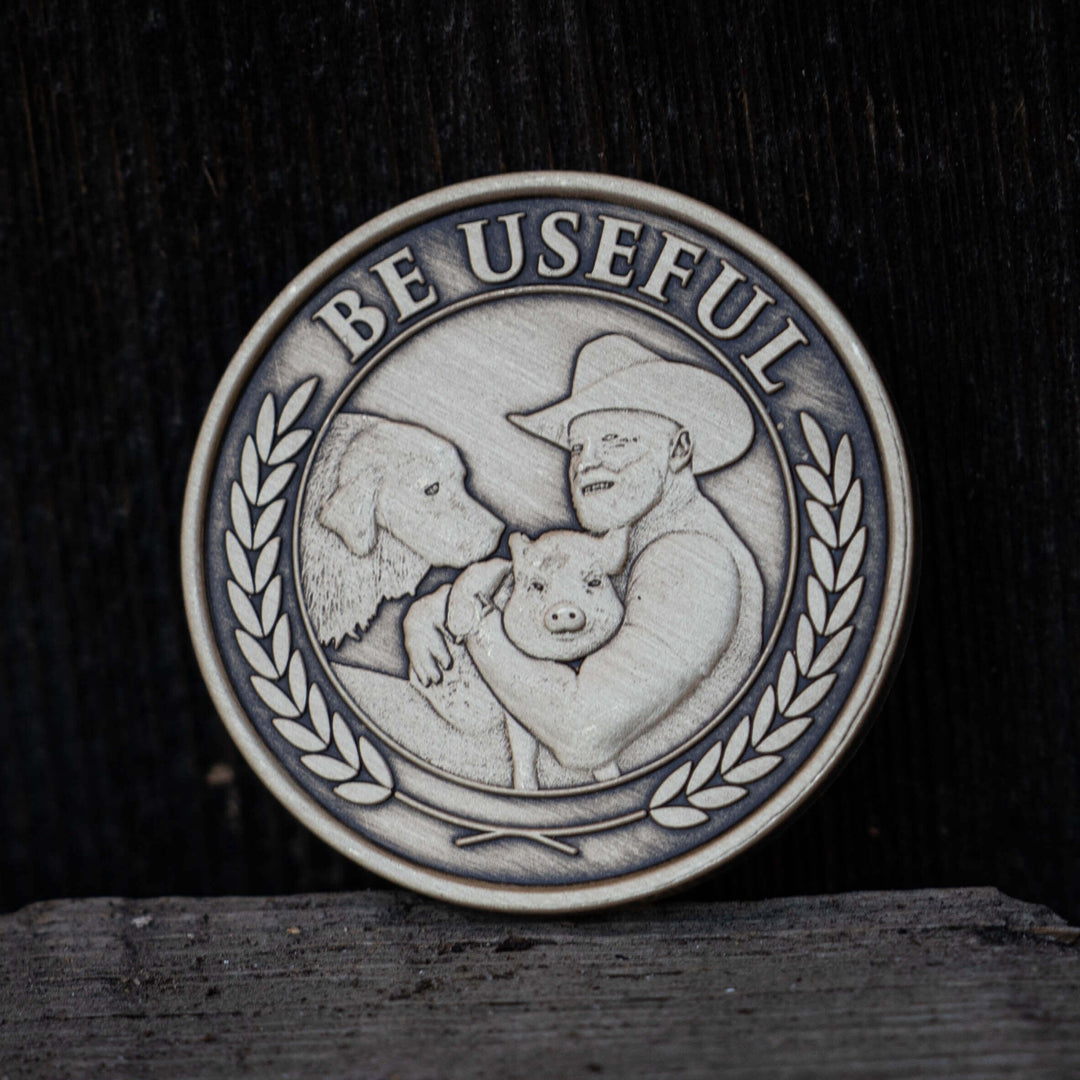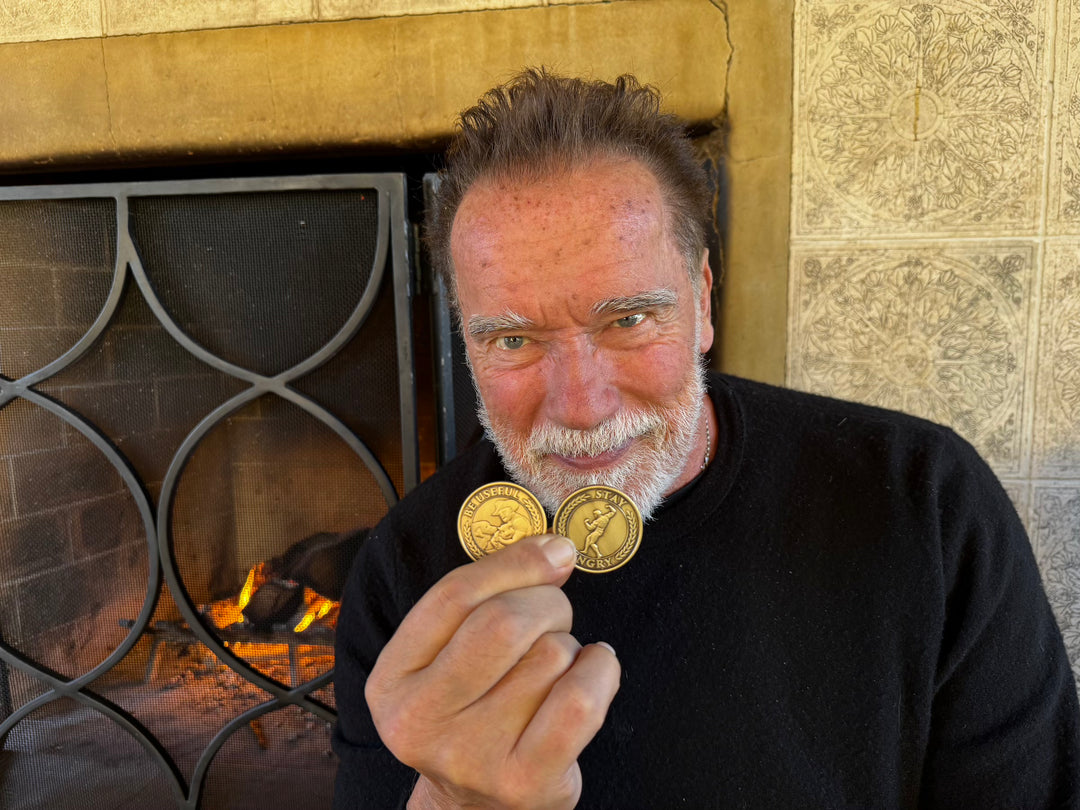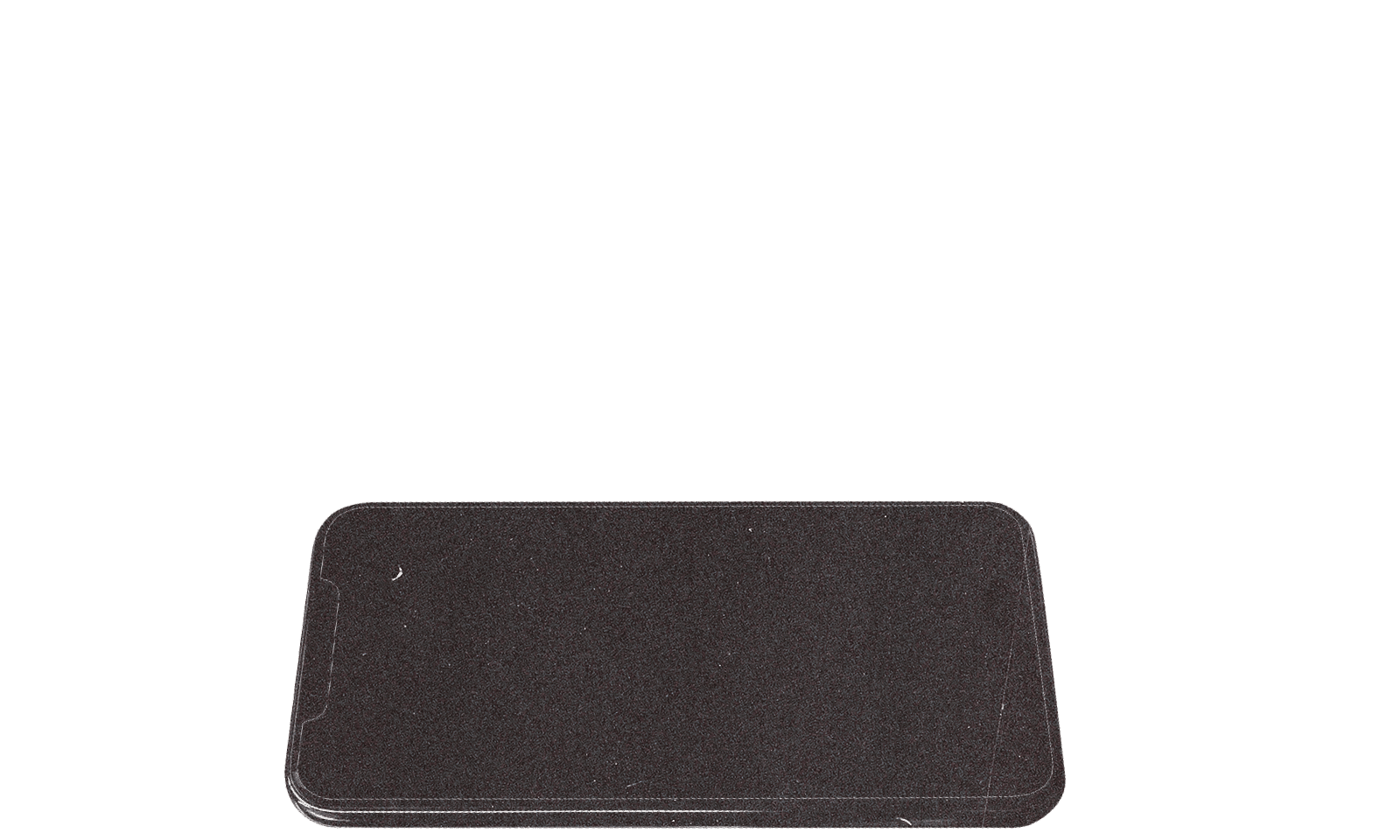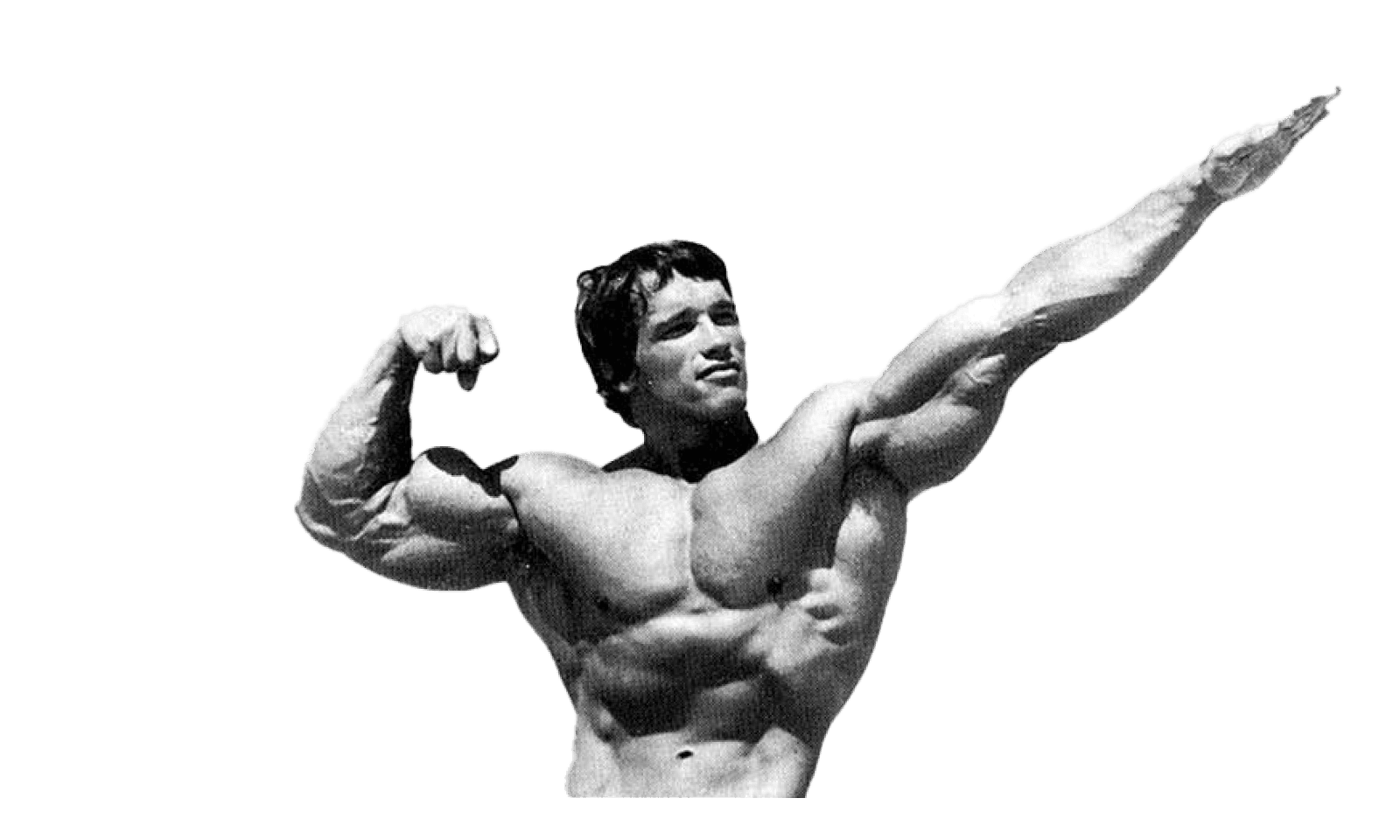Welcome to the positive corner of the internet. Every weekday, we help you make sense of the complex world of wellness by analyzing the headlines, simplifying the latest research, and providing quick tips designed to help you stay healthier in under 5 minutes. If you were forwarded this message, you can get the free daily email here.
Today’s Health Upgrade
GLP-1s and muscle loss
Screen time and social development
Struggle with workout form? Look down.
No “Plan B”
Arnold’s Podcast
Want more stories from Arnold? Every day, Arnold’s Pump Club Podcast opens with a story, perspective, and wisdom from Arnold that you won’t find in the newsletter. And, you’ll hear a recap of the day’s items. You can subscribe on Apple, Spotify, Google, or wherever you listen to podcasts.
Fact Or Fiction
Do GLP-1’s Destroy Your Muscle?
Weight loss drugs like Ozempic and Wegovy are all over your feed — and so are the warnings. Critics say you’ll lose more muscle than fat and tank your metabolism for good. But is that the whole story?
Although muscle loss can happen, it’s preventable and often overstated.
Semaglutide (the active ingredient in Ozempic and Wegovy) is a breakthrough for weight loss and metabolic health, especially for people struggling with obesity. In clinical trials, people using semaglutide lost about 30 percent of their total weight, primarily from lean mass. This may sound alarming, but it is a normal occurrence when people lose a significant amount of weight, not just with medication.
Even traditional calorie-restriction nutrition programs show similar percentages of lean mass loss. In other words, it’s not unique to Ozempic.
But here’s what’s missed in the social media panic: you’re not doomed to lose muscle.
Participants who combined semaglutide (GLP-1) with a high-protein diet and resistance training preserved significantly more muscle while still losing substantial fat mass.
And metabolism? Another oversimplified scare tactic. Semaglutide helps reduce appetite and improve insulin sensitivity. While extreme caloric restriction can suppress resting metabolic rate, semaglutide’s effect appears to be more modest and manageable, especially when combined with strength training and a balanced diet.
When you lose a significant amount of weight, you can lose muscle if you don’t prioritize resistance training or eat enough protein. However, the solution is straightforward: lift weights, aim for at least 1.6 grams of protein per kilogram of your target body weight, and prioritize nutrient-dense foods. You’ll keep your strength, protect your metabolism, and make the most of modern medicine, without falling for fear-based clickbait.
Health
Screen Time And Social Development
In today’s tech-filled world, even young kids are logging serious screen time. But what’s the real cost of giving tech use in early childhood?
A meta-analysis of 12 studies found that more screen time in kids under five is significantly linked to poorer emotional and social development.
The scientists assessed behavioral outcomes and found that the longer young children used screens, the higher the likelihood of behavioral and emotional difficulties, particularly restlessness, impulsivity, and emotional instability.
Researchers suggest that this could be due to multiple factors, including reduced face-to-face interaction, impaired sleep from evening screen use, fewer opportunities for active play, and overstimulation from fast-paced digital content.
The findings support the American Academy of Pediatrics (AAP) guidelines, which recommend no screen time (except video chatting) for children under 18 months and less than 1 hour per day for kids aged 2 to 5—ideally co-viewed with a caregiver.
Editor’s note: Don’t beat yourself up if your children have screen time. Tech isn’t inherently bad, but too much, too soon may be setting kids up for struggles. Swapping screen time for human time—like play, conversation, and shared reading—can go a long way toward building emotional resilience and social skills.
Together With NOBULL
Are Your Shoes Destroying Your Form?
When you’re lifting heavy or learning the basics of bodyweight movements, even the slightest wobble at your feet can throw everything off.
Research shows ankle instability leads to dangerous compensations on lower body exercises, such as a forward lean, shallow squat depth, and altered knee mechanics—all of which raise your risk of injury.
The culprit? Soft, compressible soles.
Running shoes absorb impact—but in the gym, that same cushioning absorbs stability. A firm, flat shoe gives you a solid base, letting you stay upright, aligned, and powerful from the first rep to the last.
That’s why we trust The Outwork by NOBULL. Built with an indestructible, low-profile sole and wide toe box, it keeps you rooted so your form stays locked in, rep after rep.
The Outwork offers a flat, grippy sole for unshakeable stability. We tested every shoe on the market for the past two years, and NOBULL offered award-winning performance, backed by lifters worldwide.
Get your first pair of Outwork shoes for just $99 with code FIRST50. Because looking strong is great. But lifting strong—and lifting safely—is better.
Adam’s Corner
The Fallacy of “All-or-Nothing”
Let me tell you what I used to get wrong about Arnold’s mindset.
When Arnold speaks about setting his vision, there’s a tenacity that can easily be misunderstood.
When Arnold sets a goal, he doesn’t let it go or compromise. There is no plan B.
I thought “no plan B” meant all-or-nothing. Win or lose. Go big or go home. I thought it was the classic motivational soundbite: be perfect or bust. I was very wrong.
If you've spent any time trying to improve your health, you've probably run into that same toxic line of thinking. You start a new program. You eat the right meals. You avoid the snacks. You do everything right—until you don’t. One missed workout, one skipped meal, one late-night decision… and suddenly you're off the rails, starting over, or worse—giving up altogether.
It’s the curse of the all-or-nothing mindset. And it’s one of the biggest reasons people don’t reach their goals.
Understanding what “No Plan B” really means could be the mindset shift that finally lets you break free repeated frustrations and manipulative wellness plans.
“No Plan B” Is Not “Be Perfect”
Arnold’s philosophy isn’t about never failing. It’s about refusing to quit, betting on yourself, and allowing your losses to inspire your wins.
When he says there’s no Plan B, he doesn’t mean no off days, no dessert, and no fun. He means committing to your vision, giving your all, and not entertaining an escape route and quitting on himself.
It’s not only a vow to yourself, it’s also an oath of focus. How often is “Plan A” weakened by time spent on Plans B to Z?
When Arnold commits, he’s not dividing his energy or preparing to fall back. He’s doubling down on the vision. The goal. The commitment.
And that’s exactly what makes his mindset so powerful—and so misunderstood.
We hear “no Plan B” and assume it’s all about sacrifice. And for your biggest goals, some sacrifice and change is necessary. But what it’s really about is resilience.
Resilience is different than perfection. Resilience means you keep going when it’s not perfect and you don’t stop pushing just because things don’t go your way, you struggle, or the process is harder and slower than you imagined.
That’s what most people miss when they start something new. They build their health plans on motivation and strict rules. But motivation fades. Rules get broken. And when that happens, they don’t just bend—they break.
You want to see results in 2 weeks. And when the mirror doesn’t reflect an Instagram ready after picture, you decide it’s time to fold because something is wrong with your body.
The only thing that’s wrong is that you shifted to Plan B before you gave Plan A the realistic shot it needs to succeed.
Because when perfection is the goal, anything less feels like failure. And when you feel like a failure, it’s easy to believe there’s no point in continuing.
This is how the "all-or-nothing" mindset turns minor setbacks into major spirals.
But what if that first mistake… wasn’t the end? What if it was just part of the plan?
Success Is a Consistency Game
Look at anyone who’s stayed fit for a decade. Or who’s made real change after years of struggle. They’ll all tell you the same thing: they were not perfect. But they were relentless.
They kept showing up—especially after the days they didn’t feel like it.
They missed workouts, but they didn’t stop working out.
They ate dessert, but they didn’t throw away the whole plan.
They had bad days, but they didn’t use it as a reason to go back to old habits.
They didn’t quit on Plan A just because Plan A got hard.
Getting to that point requires grit. But it also requires you to change your approach.
Too often, the path we think we need is paved in complication and perfectionism. And yet the strongest, most unbreakable habits and behaviors are often cut from lessons we learn from struggle and failure.
The most effective diet and fitness plans are the ones that are most consistent. But the most intense or restrictive plans are the ones most likely to make you break.
In other words: the best plan is the one you can return to—not the one you burn out on. The people who create sustainable, flexible, and repeatable behaviors are the ones that win.
The Real Strength Is In The Reps
The fitness world loves to preach about mental toughness. And it is important. But toughness isn’t gritting your teeth until you break.
Toughness is stepping outside your comfort zone. It’s doing the extra rep, taking the chance you avoided, and not holding back. Because when you find yourself in that space, it’s inevitable that life will knock you on your ass. When it happens, it’s not a sign you can’t do this. It means you’re getting closer to the moment you can.
Health isn’t about being unshakable. It’s about being unbreakable. Not because you never crack, but because you know how to repair, recover, recalibrate, and — ultimately — return.
When you stop expecting perfection and start practicing resilience, you stop fearing failure. And when you stop fearing failure, you start making real progress.
Let Go of “All-or-Nothing” — Embrace “Always Something”
When you hit hard times, remember this: Your next step matters more than your last misstep.
Because failures and frustrations don’t determine future outcomes. Only inaction does that.
I've discussed before the importance of avoiding "zero percent weeks." It flips the idea of being 100 percent on its head—and it's a mindset that has helped thousands avoid falling off the wagon.
So the next time you miss a workout or grab the cookie or fall short of your goal… don’t panic. Don’t beat yourself up. Don’t give in to all-or-nothing thinking. It’s a distraction. And what you need is focus.
You didn’t ruin everything. You didn’t throw it all away. You’re just human.
And the people who succeed at this game? They build with that truth, not in spite of it.
You don’t need Plan B. You just need to relentlessly keep working on Plan A—one focused, imperfect, resilient step at a time. -AB
—
Publisher: Arnold Schwarzenegger
Editors-in-chief: Adam Bornstein and Daniel Ketchell




